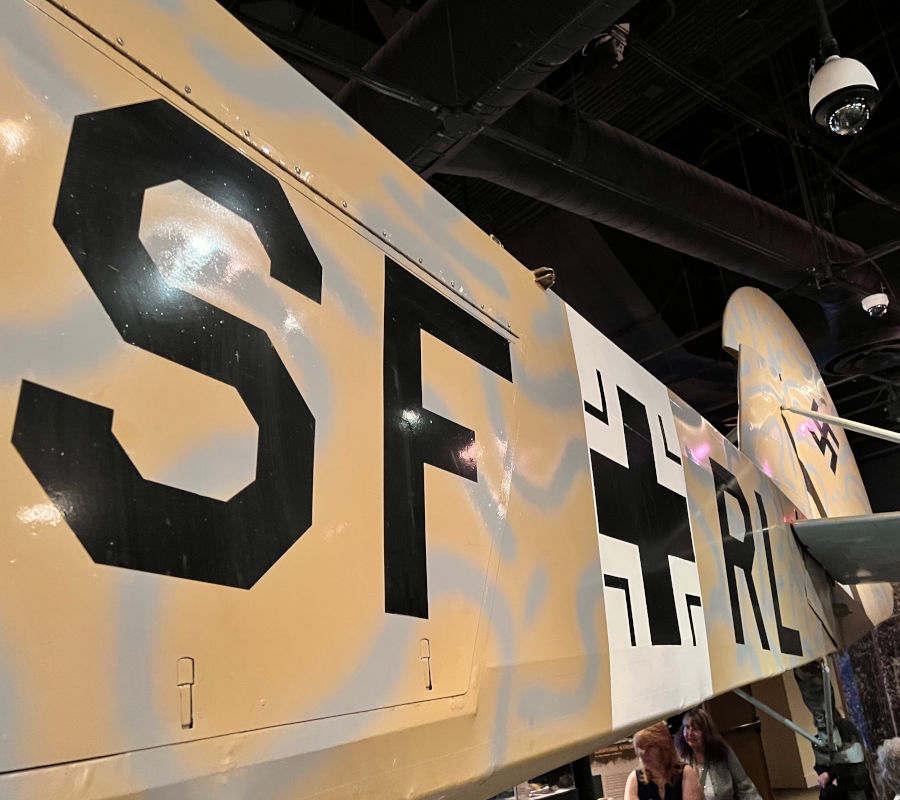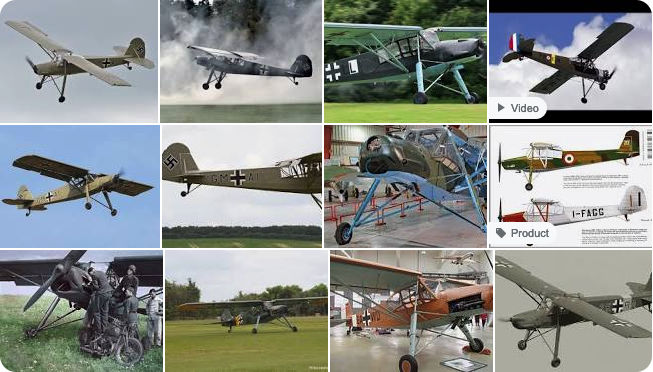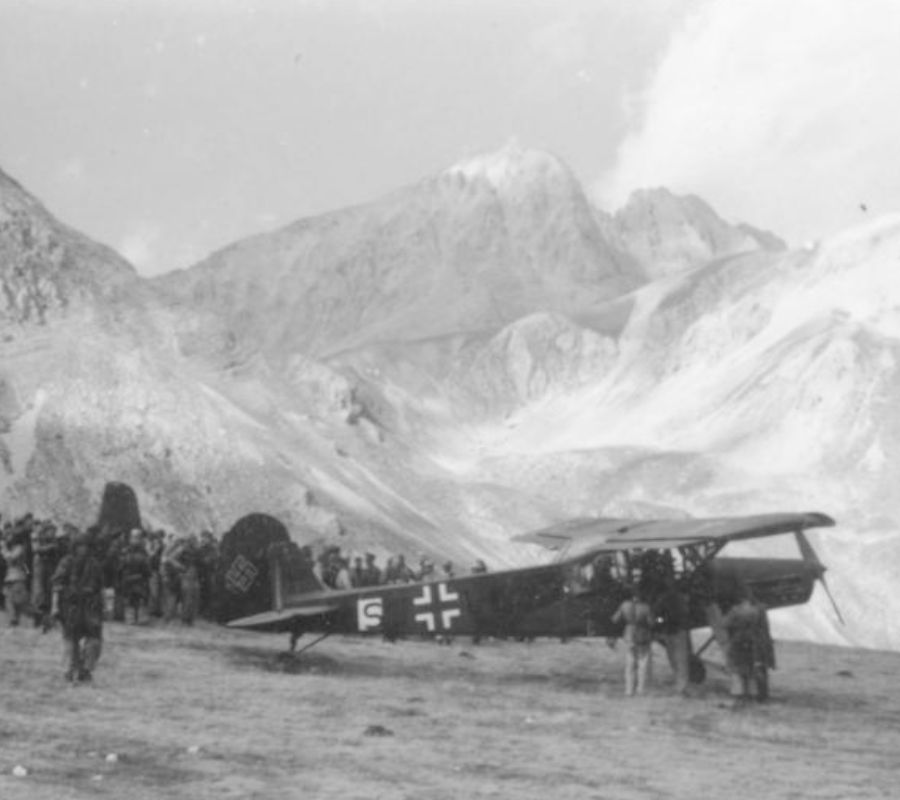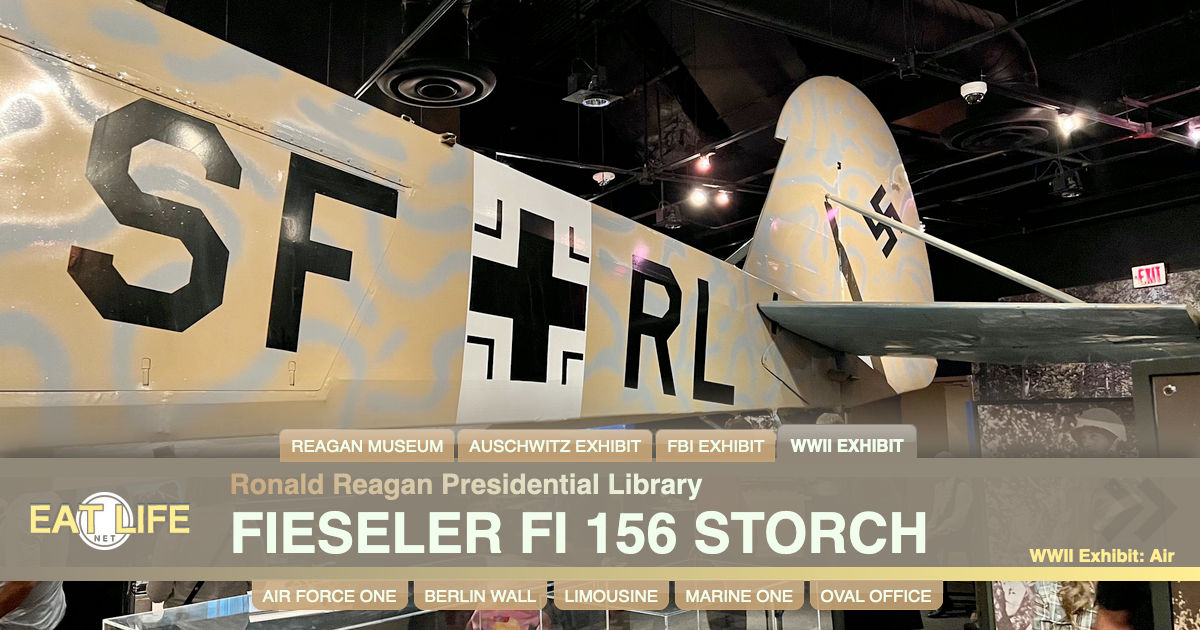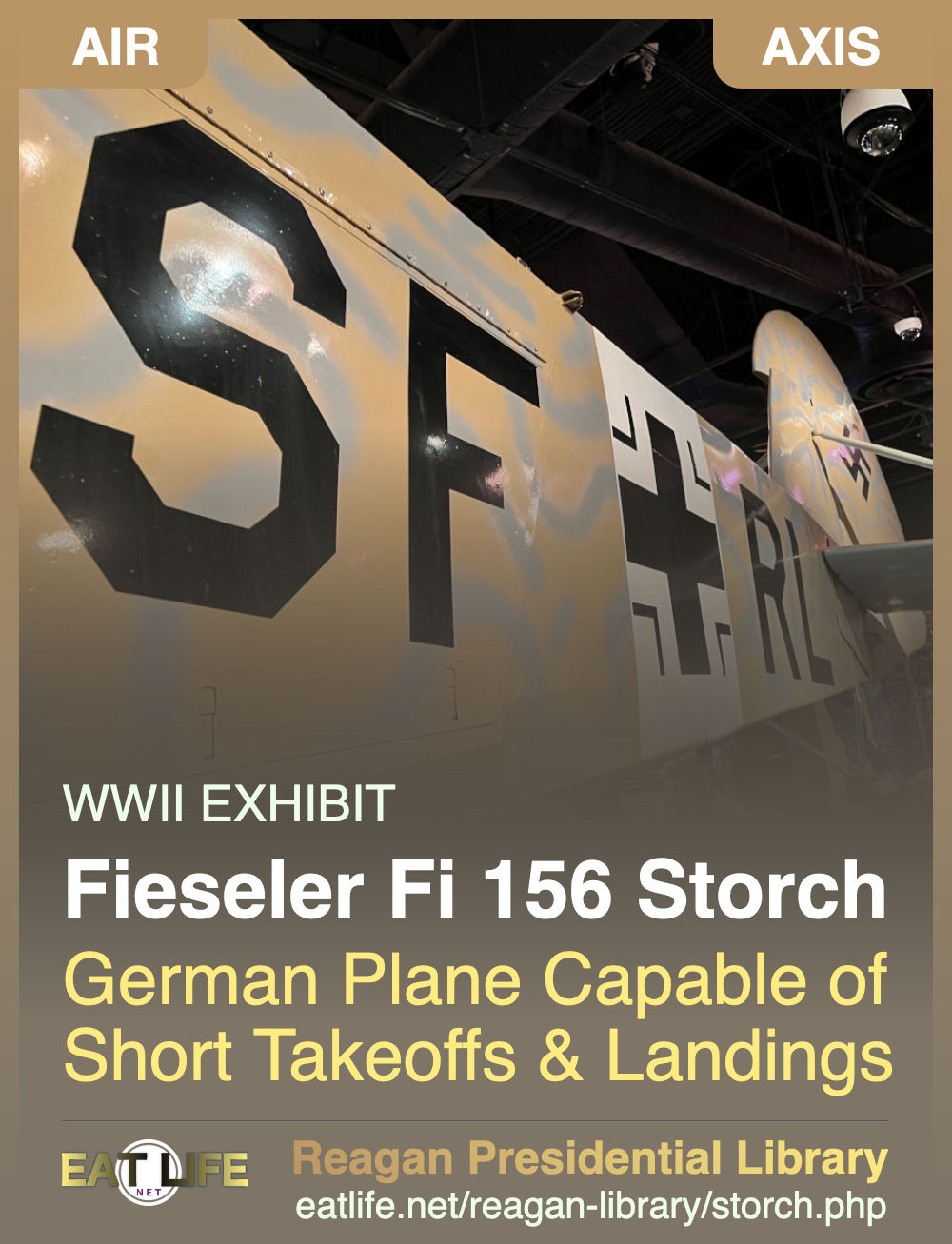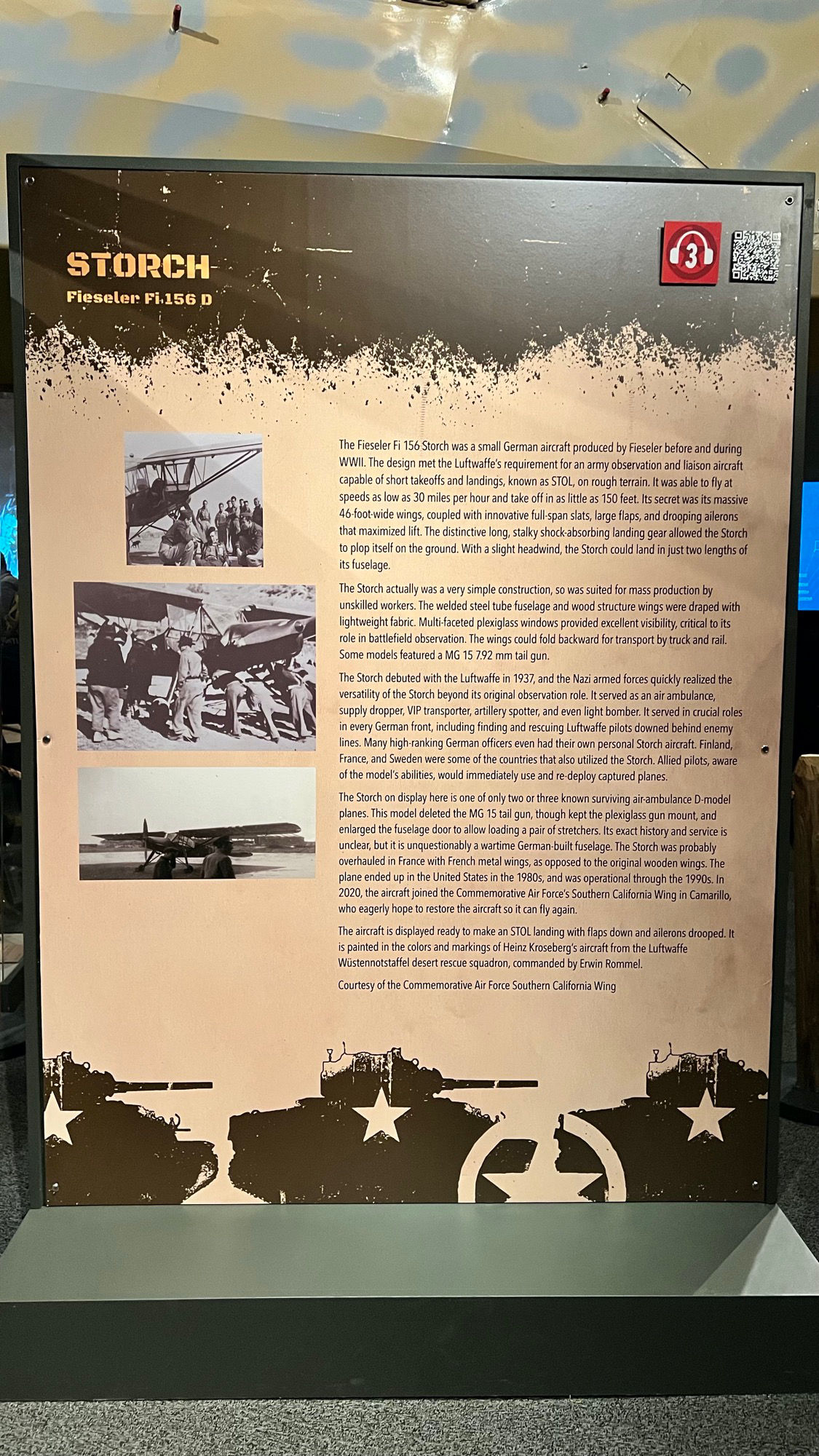
Fieseler Fi 156
The Fieseler Fi 156 Storch was a small German aircraft produced by Fieseler before and during WWII. The design met the Luftwaffe's requirement for an army observation and liaison aircraft
- Capable of short takeoffs and landings, known as STOL, on rough terrain.
- It was able to fly at speeds as low as 30 miles per hour and take off in as little as 150 feet.
- Its secret was its massive 46-foot-wide wings, coupled with innovative full-span slats, large flaps, and drooping ailerons that maximized lift.
- The distinctive long, stalky shock-absorbing landing gear allowed the Storch to plop itself on the ground.
- With a slight headwind, the Storch could land in just two lengths of its fuselage.
The Storch actually was a very simple construction, so was suited for mass production by unskilled workers. The welded steel tube fuselage and wood structure wings were draped with lightweight fabric. Multi-faceted plexiglass windows provided excellent visibility, critical to its role in battlefield observation. The wings could fold backward for transport by truck and rail. Some models featured a MG 15 7.92 mm tail gun.
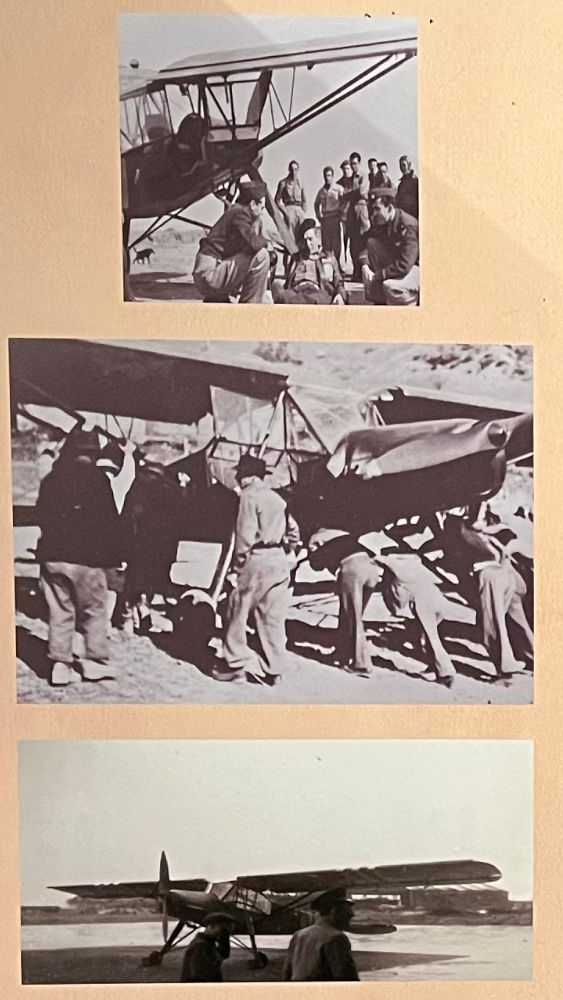 The Storch debuted with the Luftwaffe in 1937, and the Nazi armed forces quickly realized the versatility of the Storch beyond its original observation role.
It served as an air ambulance, supply dropper, VIP transporter, artillery spotter, and even light bomber.
It served in crucial roles in every German front, including finding and rescuing Luftwaffe pilots downed behind enemy lines.
Many high-ranking German officers even had their own personal Storch aircraft.
Finland, France, and Sweden were some of the countries that also utilized the Storch.
Allied pilots, aware of the model's abilities, would immediately use and re-deploy captured planes.
The Storch debuted with the Luftwaffe in 1937, and the Nazi armed forces quickly realized the versatility of the Storch beyond its original observation role.
It served as an air ambulance, supply dropper, VIP transporter, artillery spotter, and even light bomber.
It served in crucial roles in every German front, including finding and rescuing Luftwaffe pilots downed behind enemy lines.
Many high-ranking German officers even had their own personal Storch aircraft.
Finland, France, and Sweden were some of the countries that also utilized the Storch.
Allied pilots, aware of the model's abilities, would immediately use and re-deploy captured planes.
The Storch on display here is one of only two or three known surviving air-ambulance D-model planes. This model deleted the MG 15 tail gun, though kept the plexiglass gun mount, and enlarged the fuselage door to allow loading a pair of stretchers. Its exact history and service is unclear, but it is unquestionably a wartime German-built fuselage. The Storch was probably overhauled in France with French metal wings, as opposed to the original wooden wings. The plane ended up in the United States in the 1980s, and was operational through the 1990s. In 2020, the aircraft joined the Commemorative Air Force's Southern California Wing in Camarillo, who eagerly hope to restore the aircraft so it can fly again.
The aircraft is displayed ready to make an STOL landing with flaps down and ailerons drooped. It is painted in the colors and markings of Heinz Kroseberg's aircraft from the Luftwaffe Wustennotstaffel desert rescue squadron, commanded by Erwin Rommel.
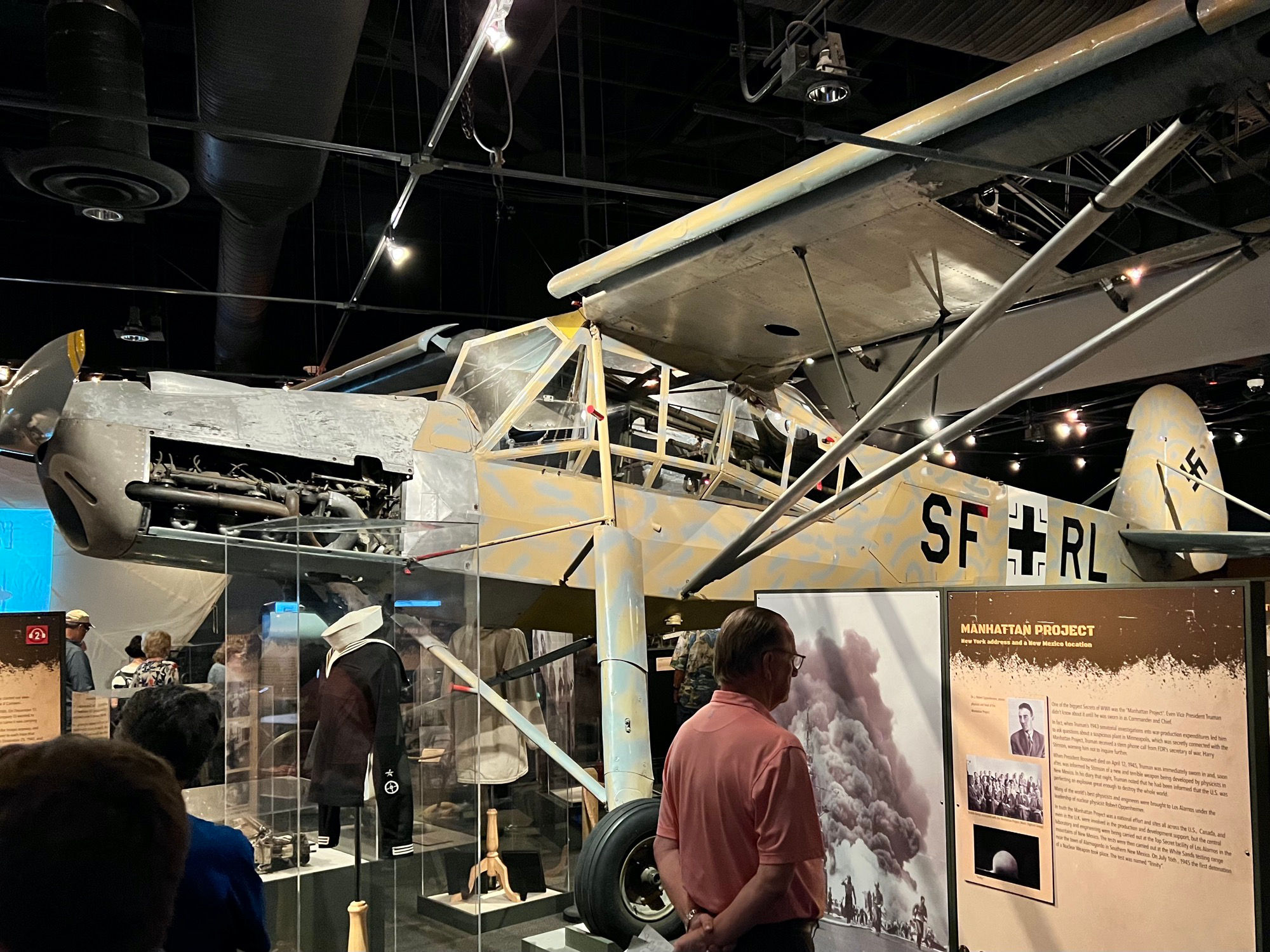
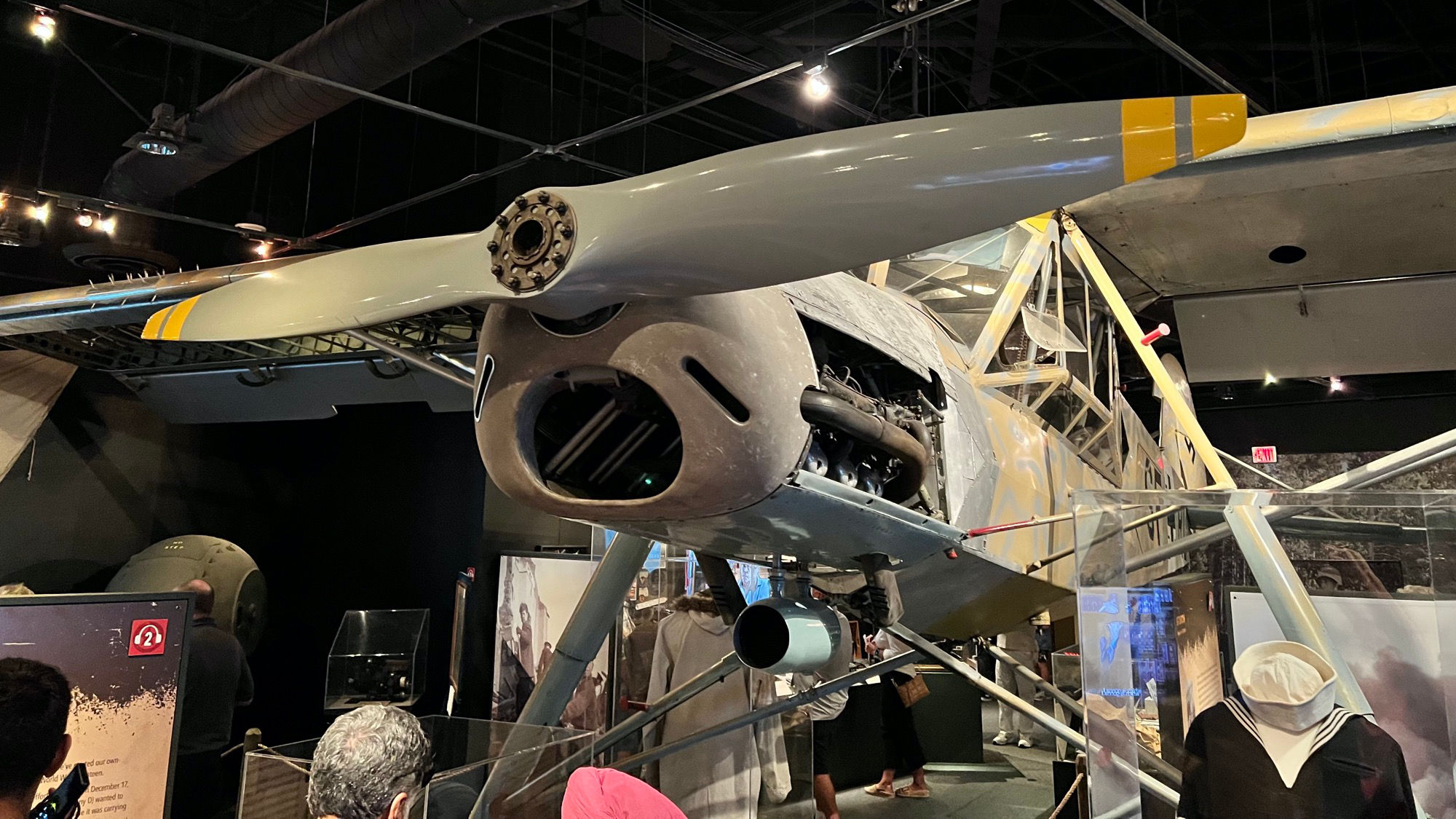
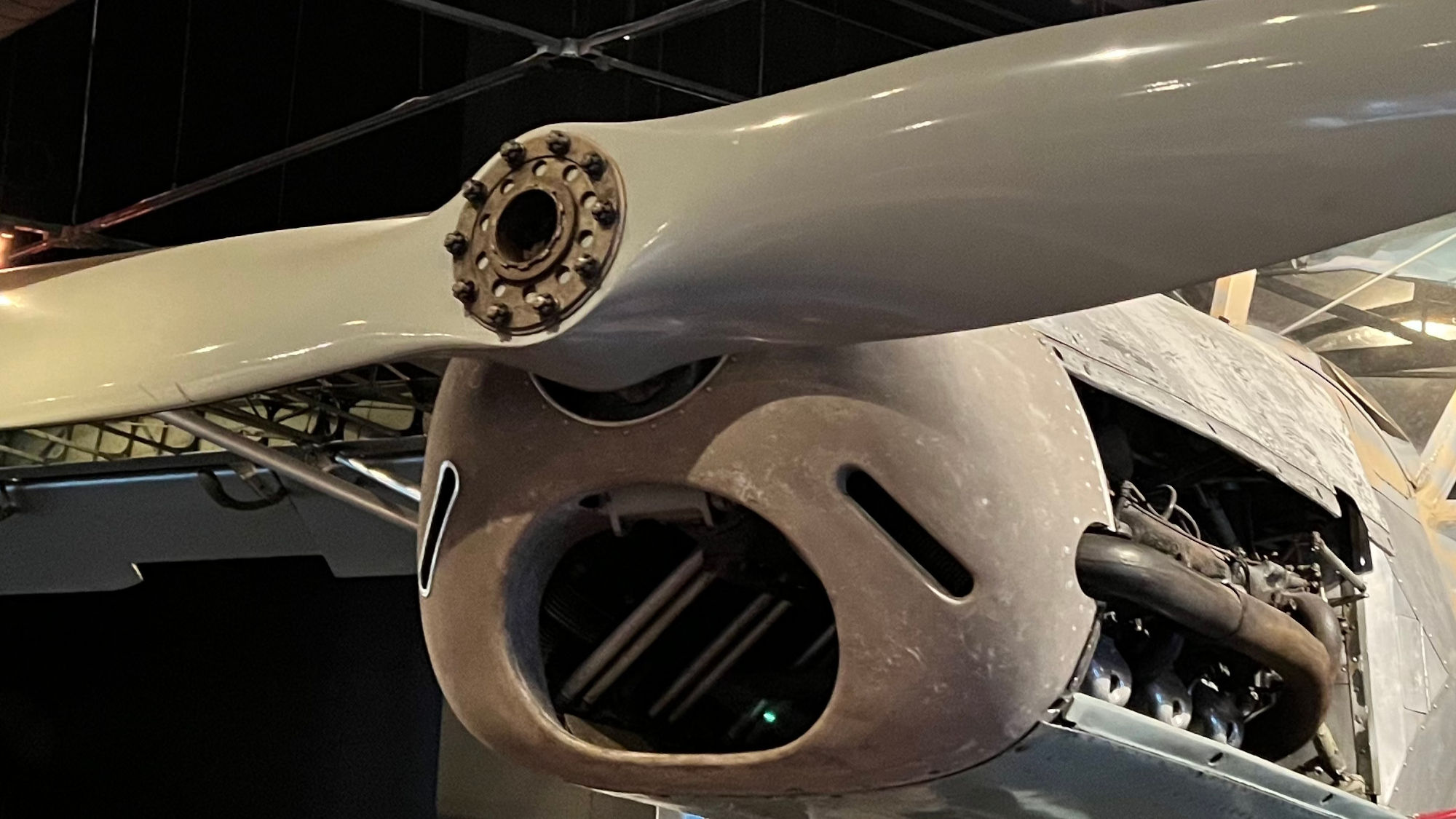
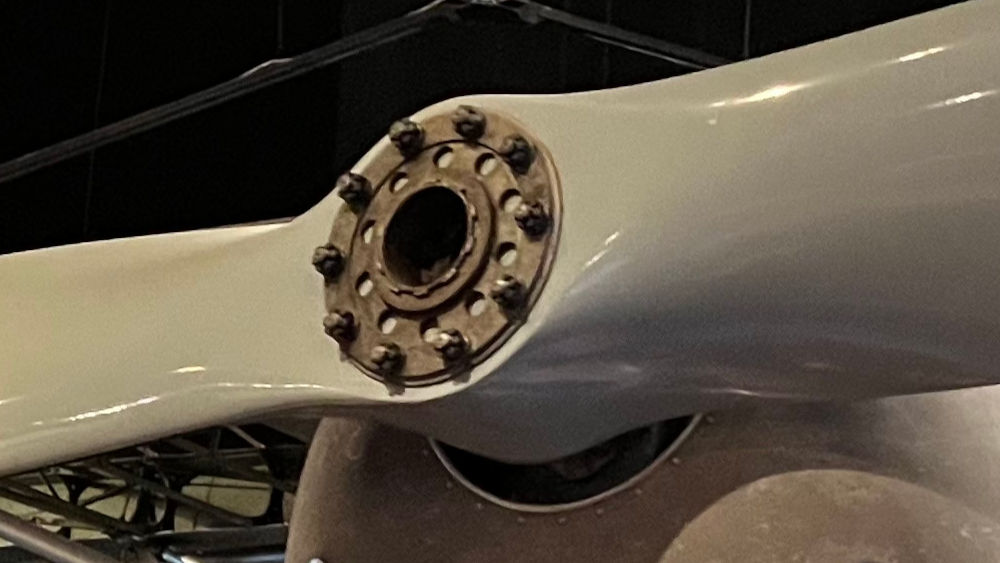
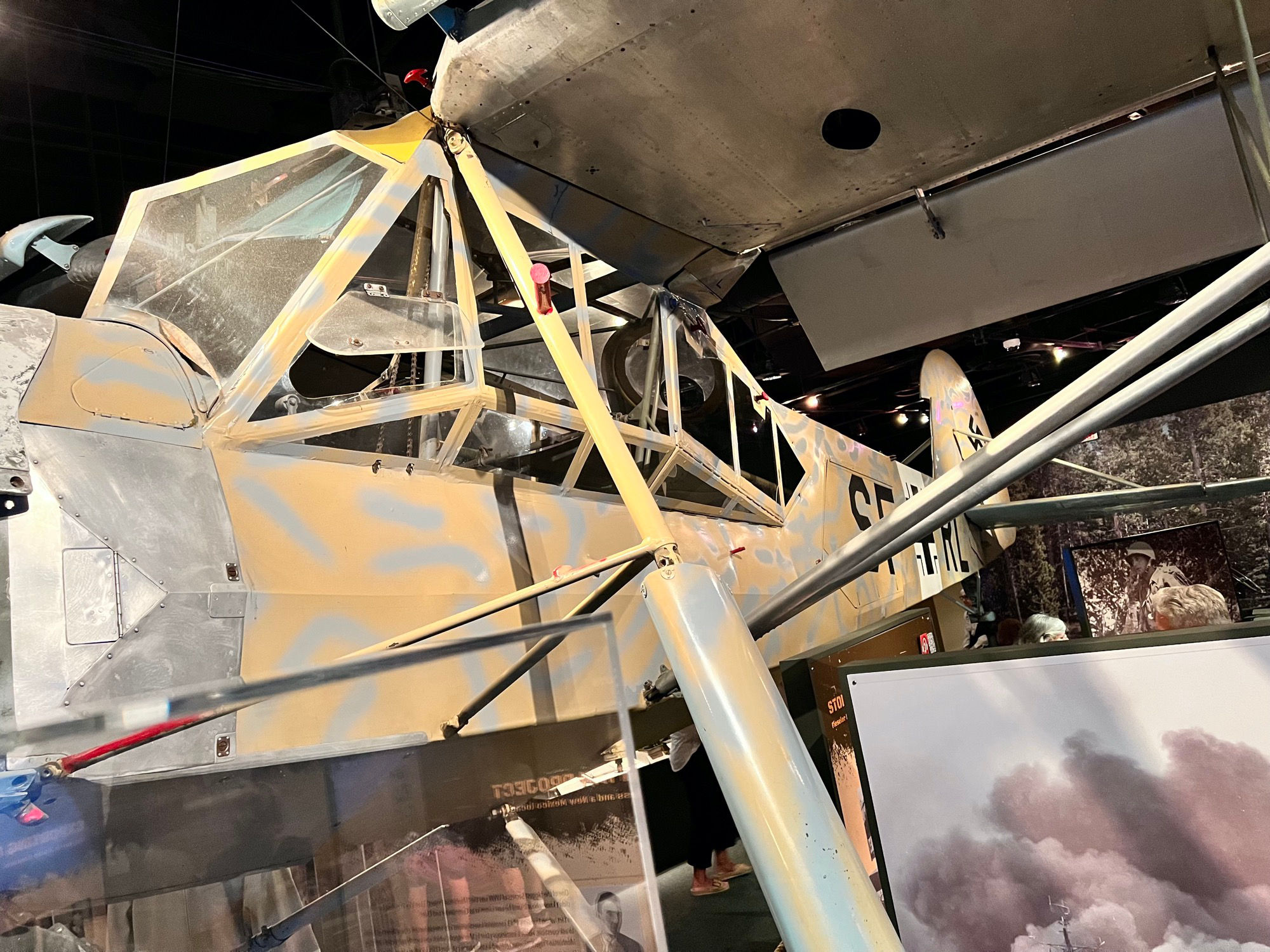
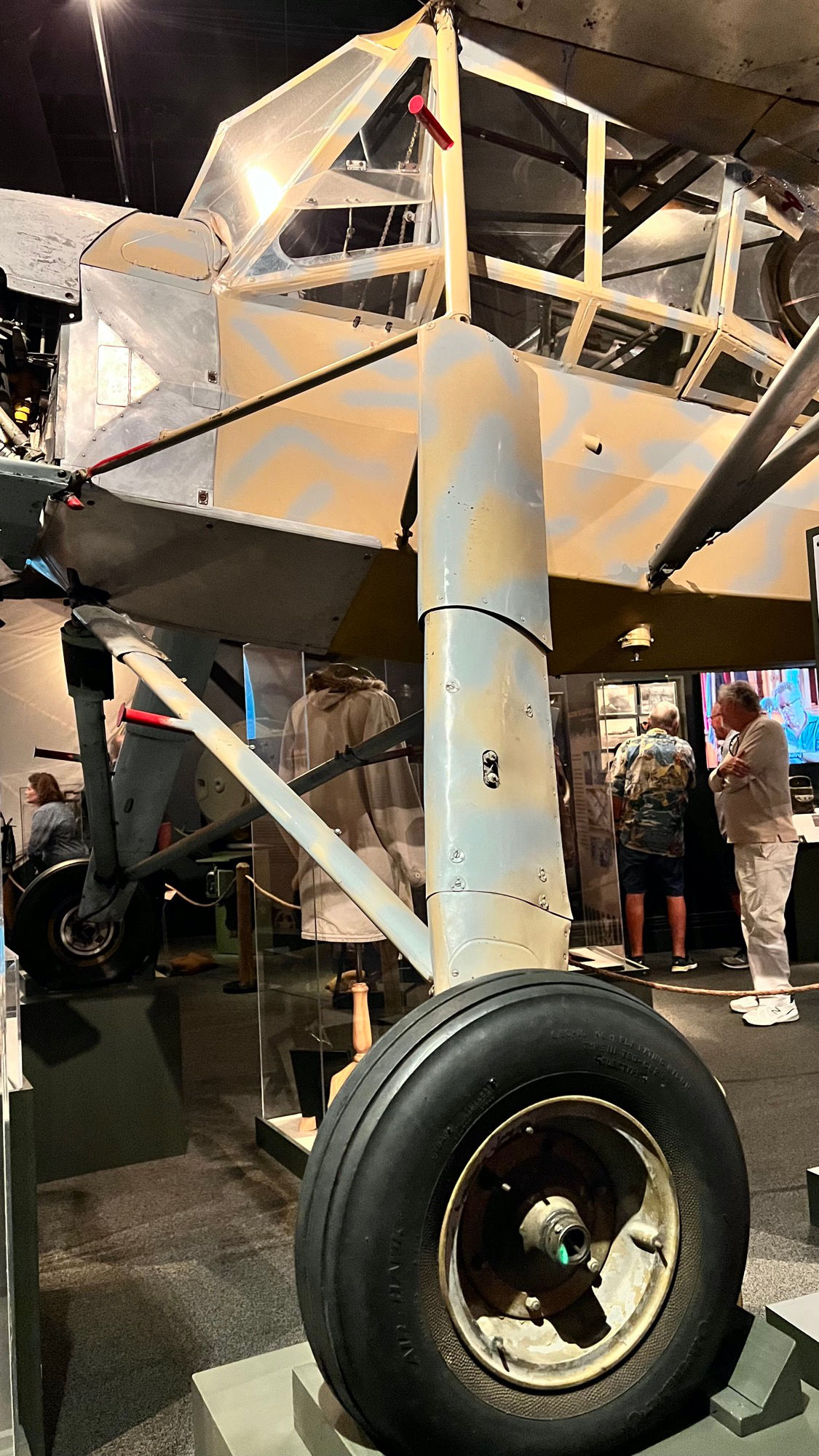
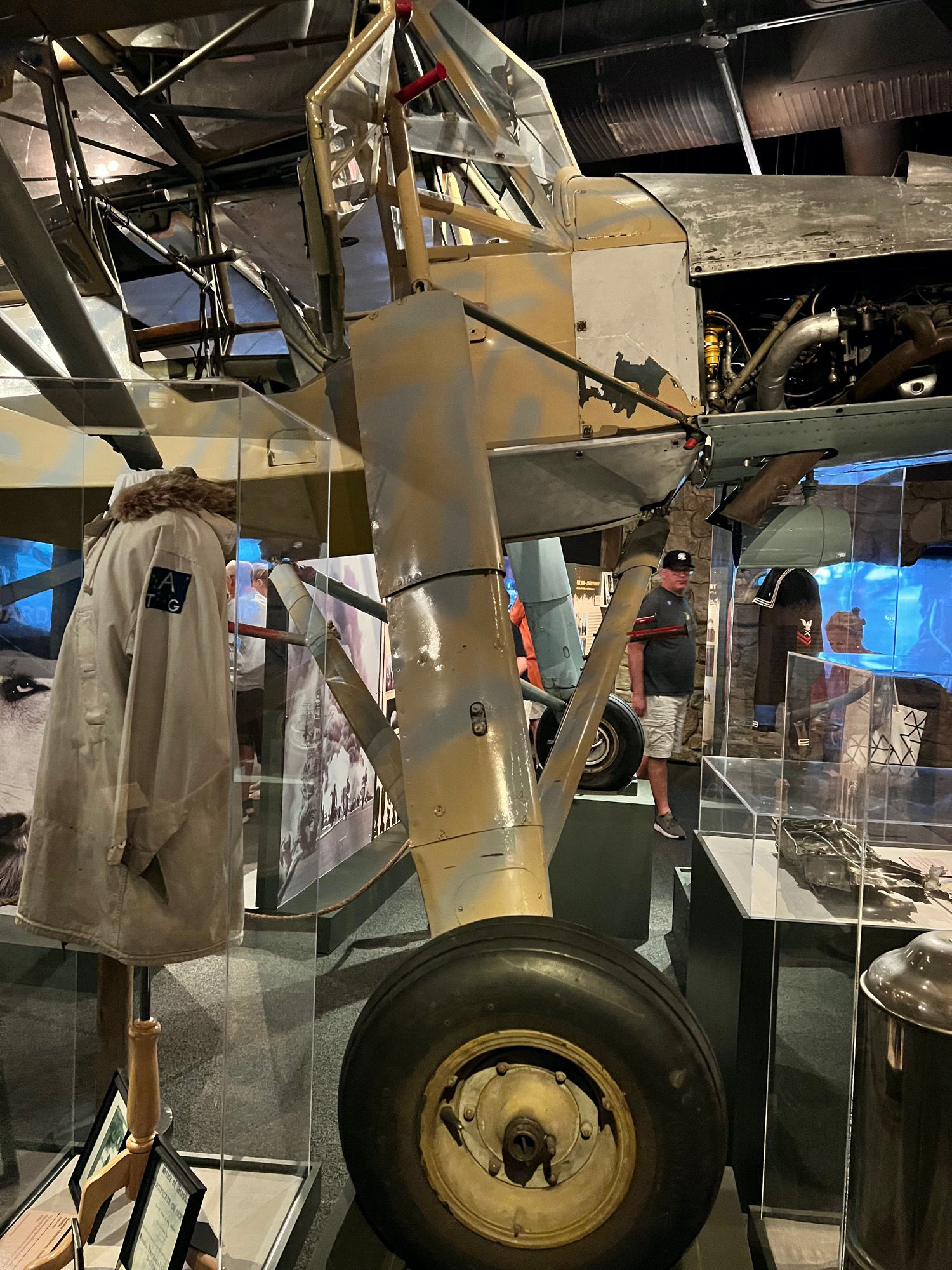
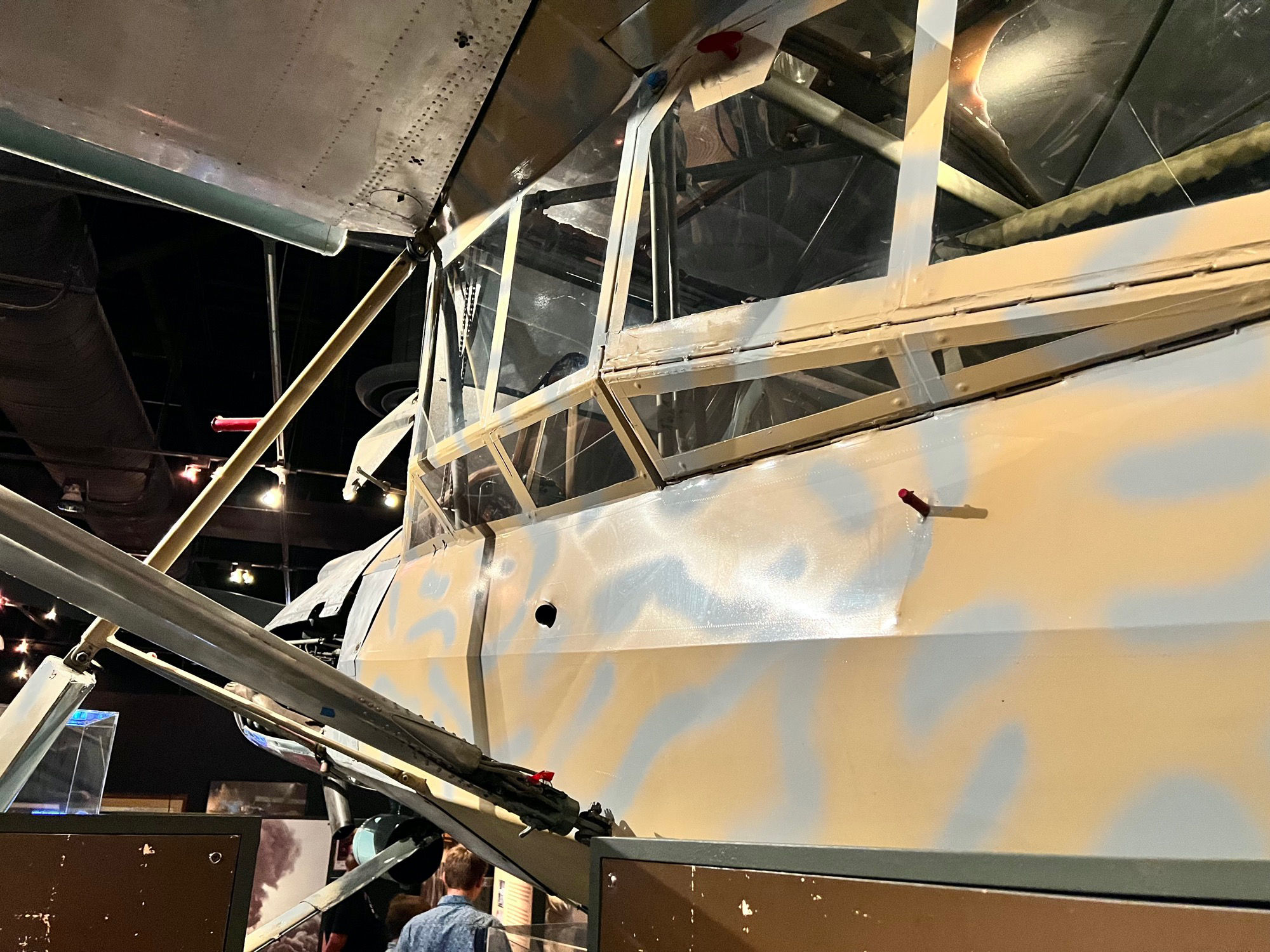
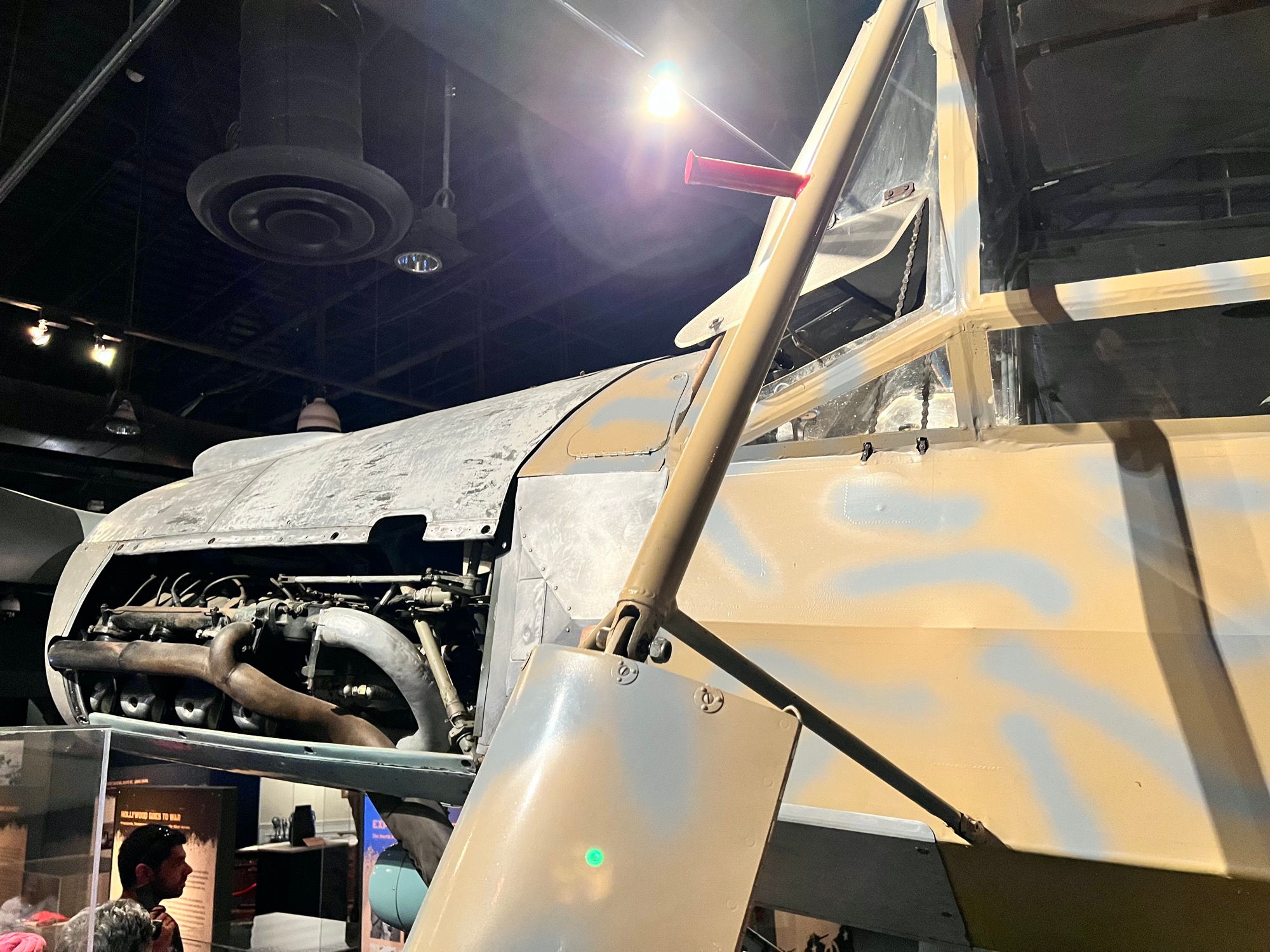
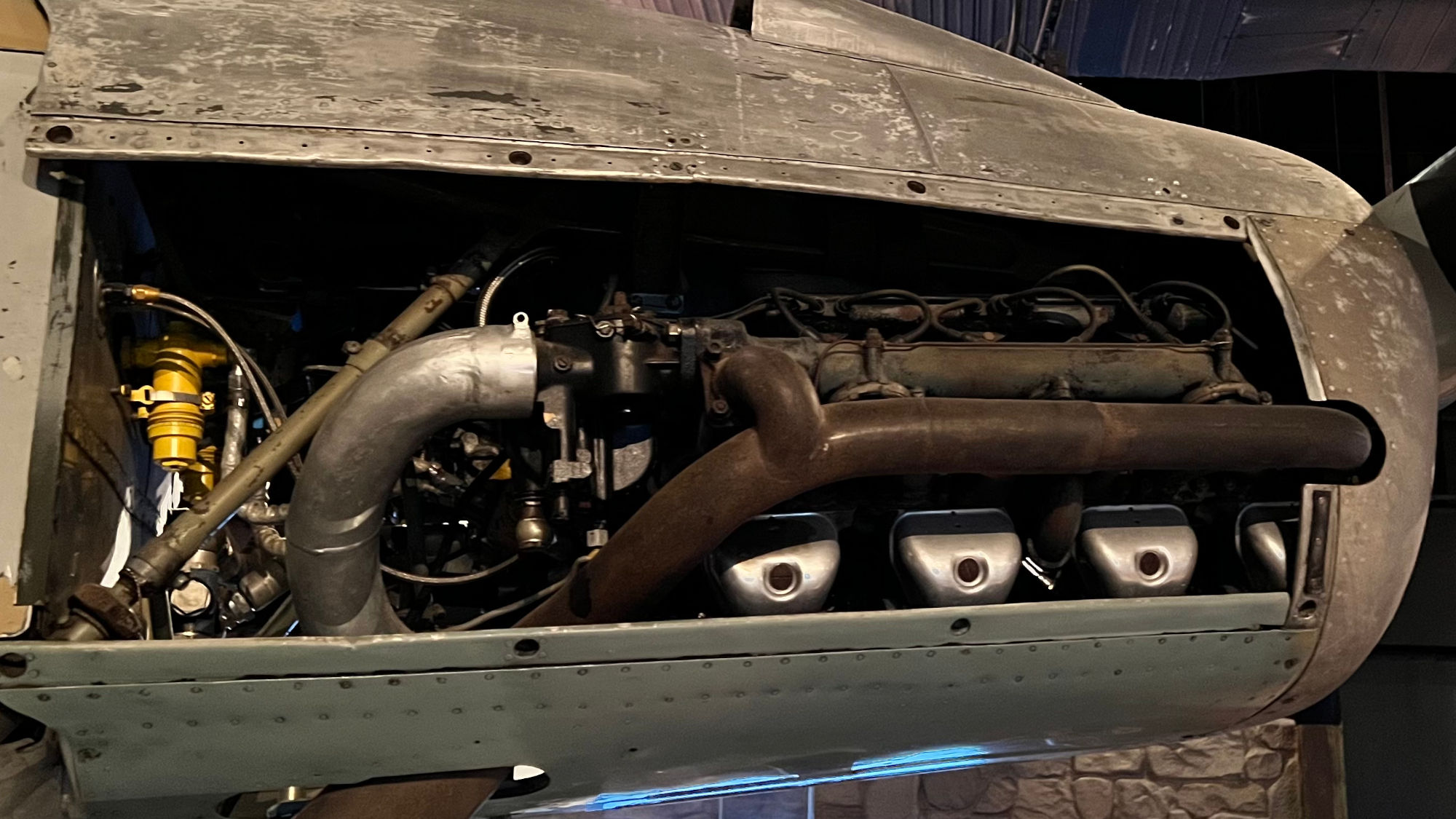
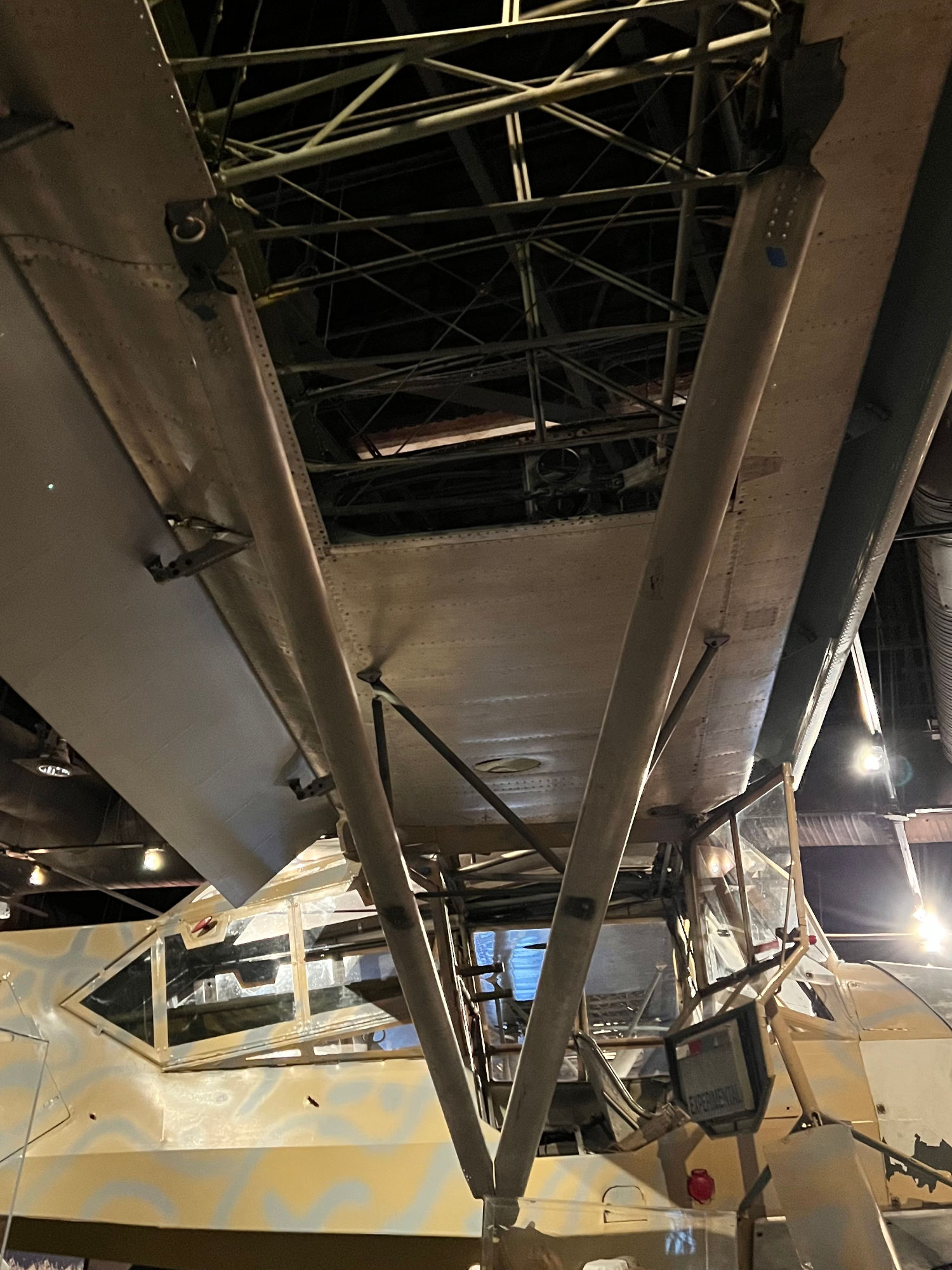
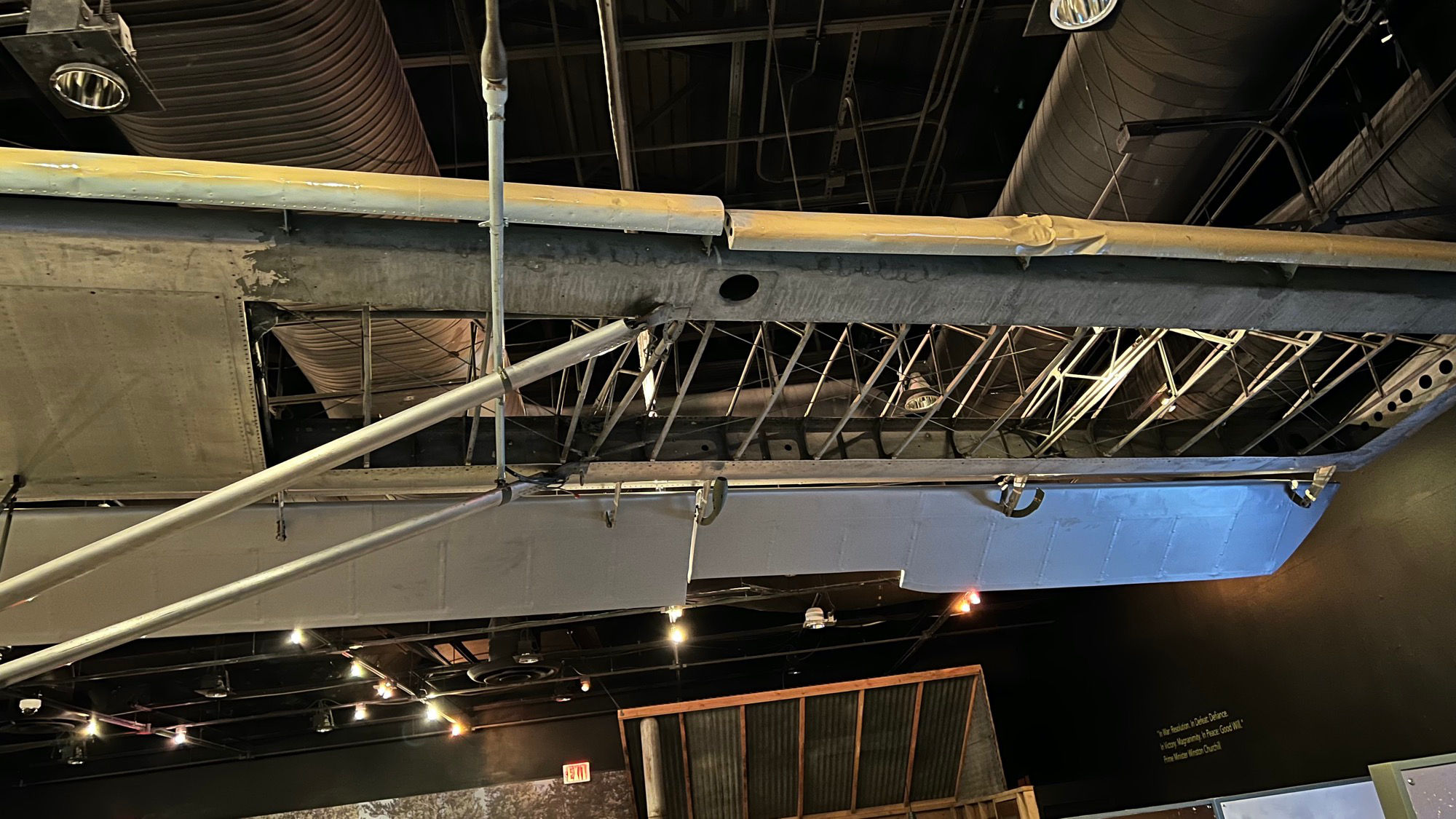
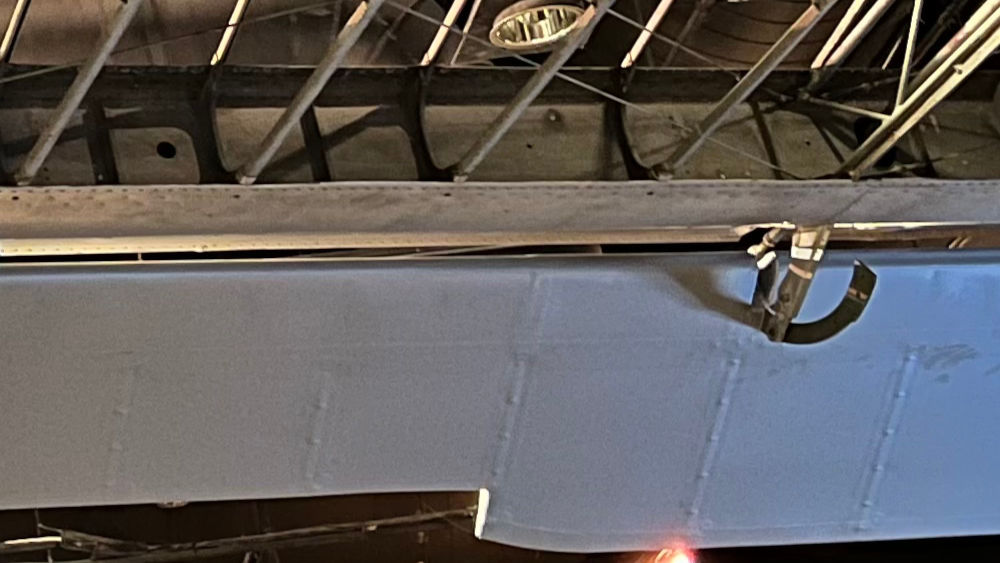
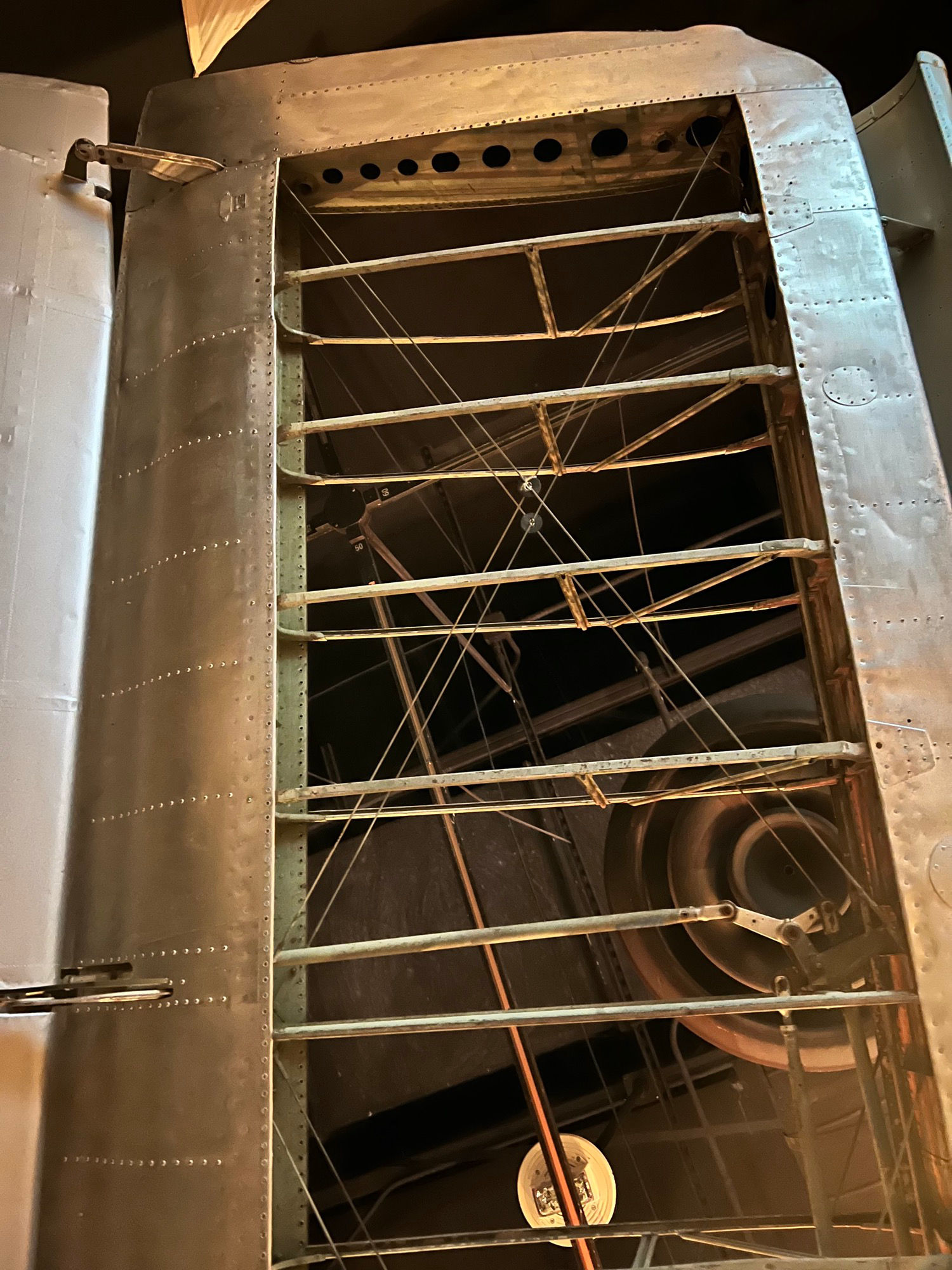
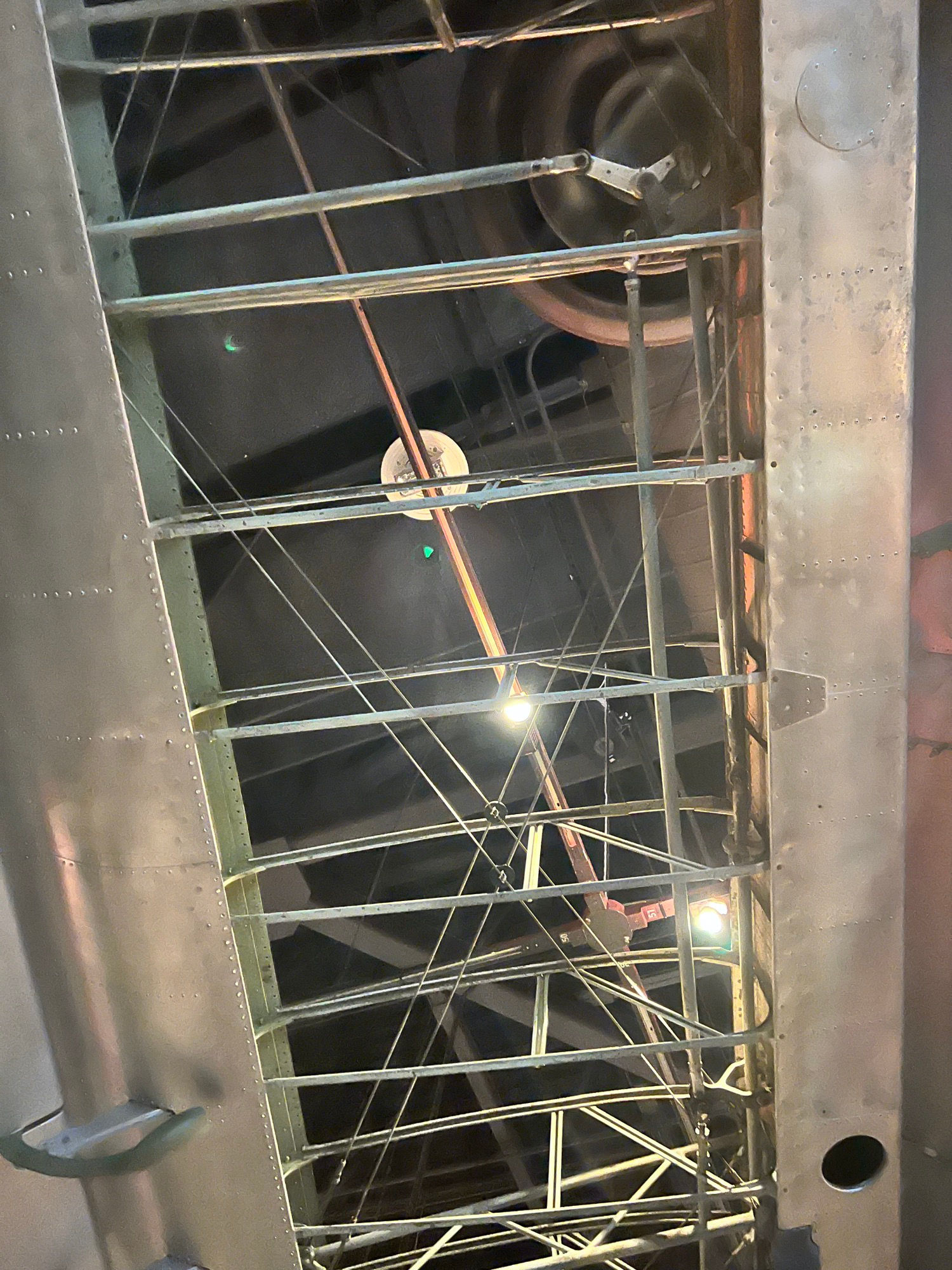
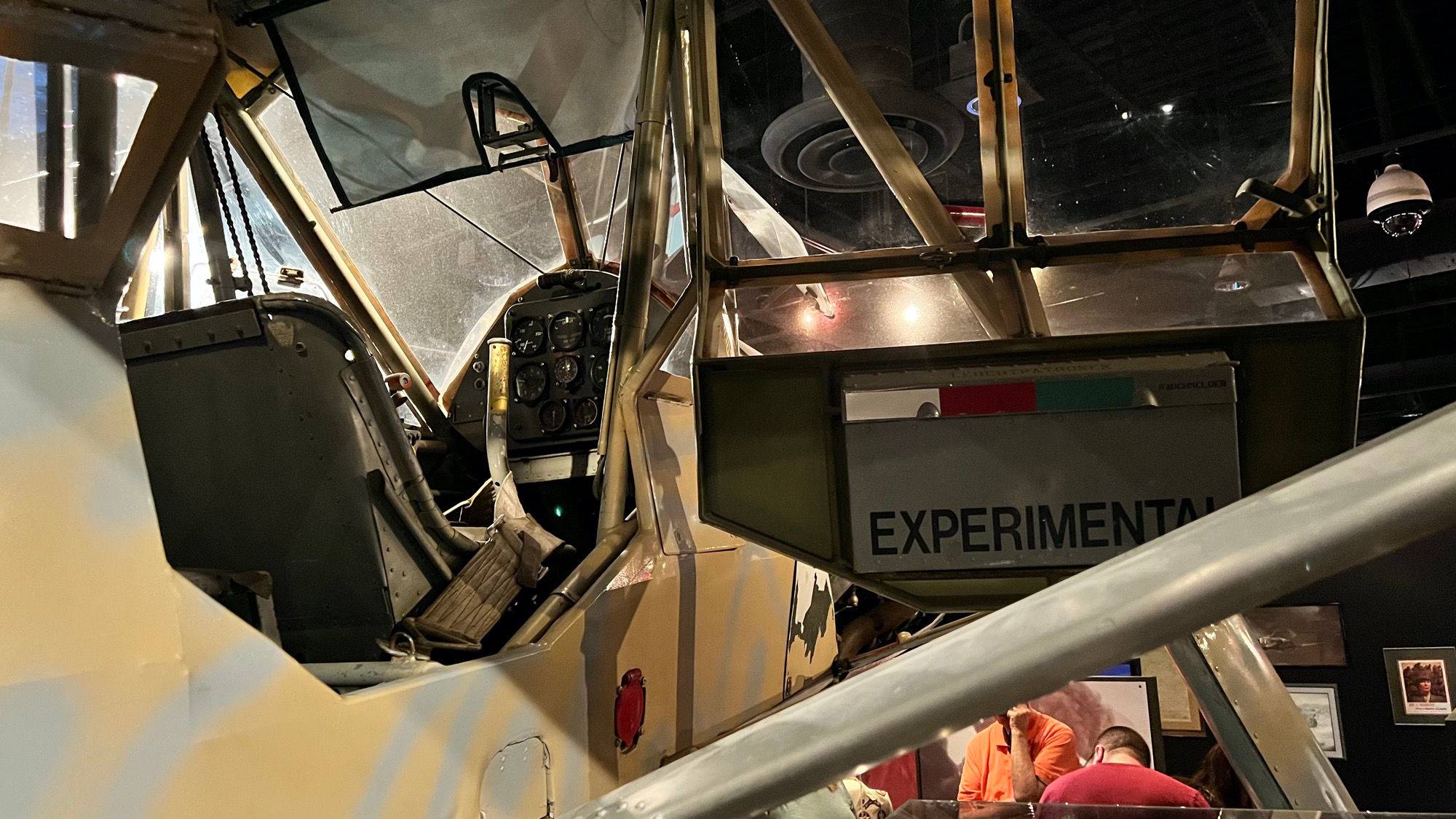
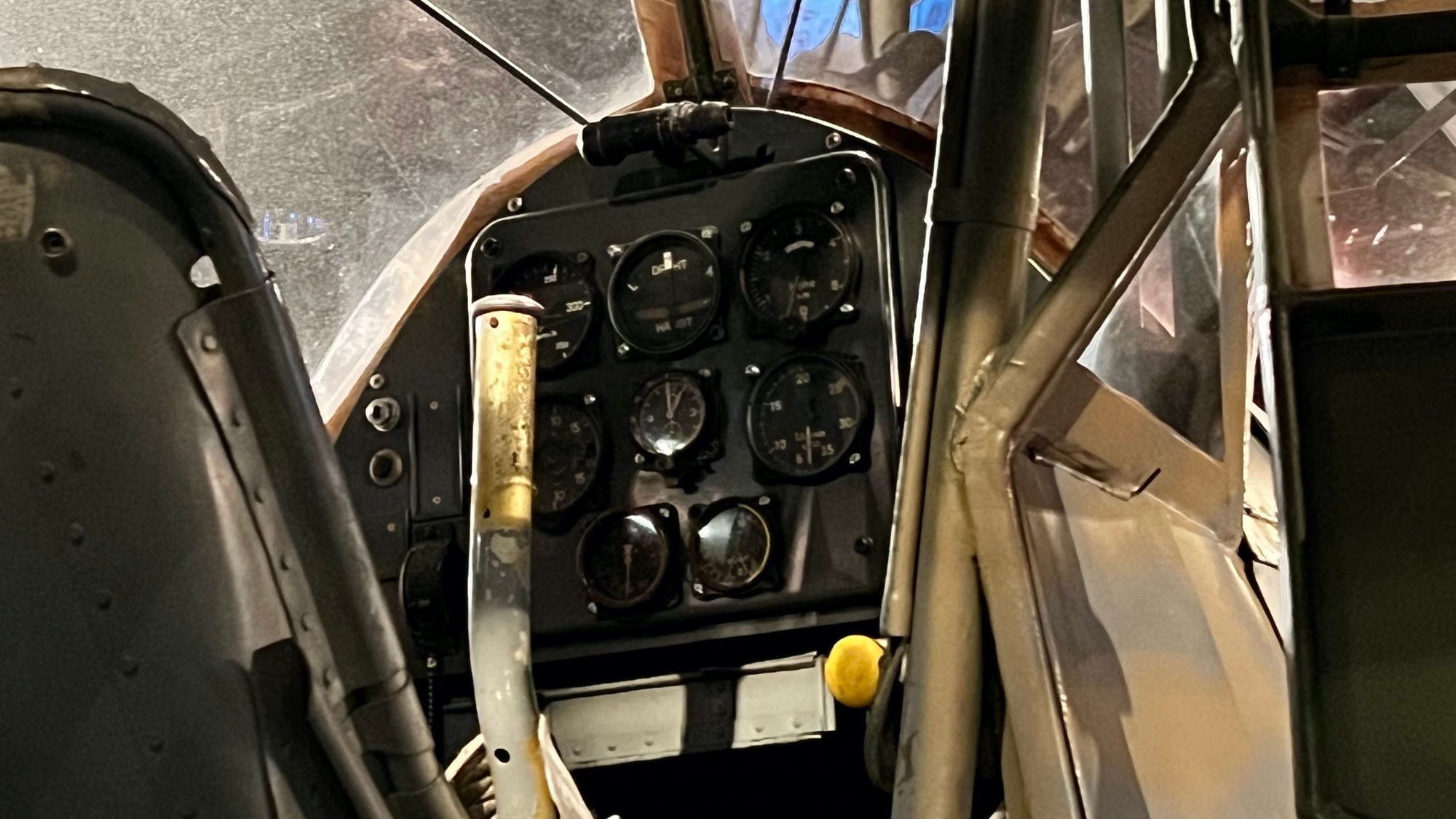
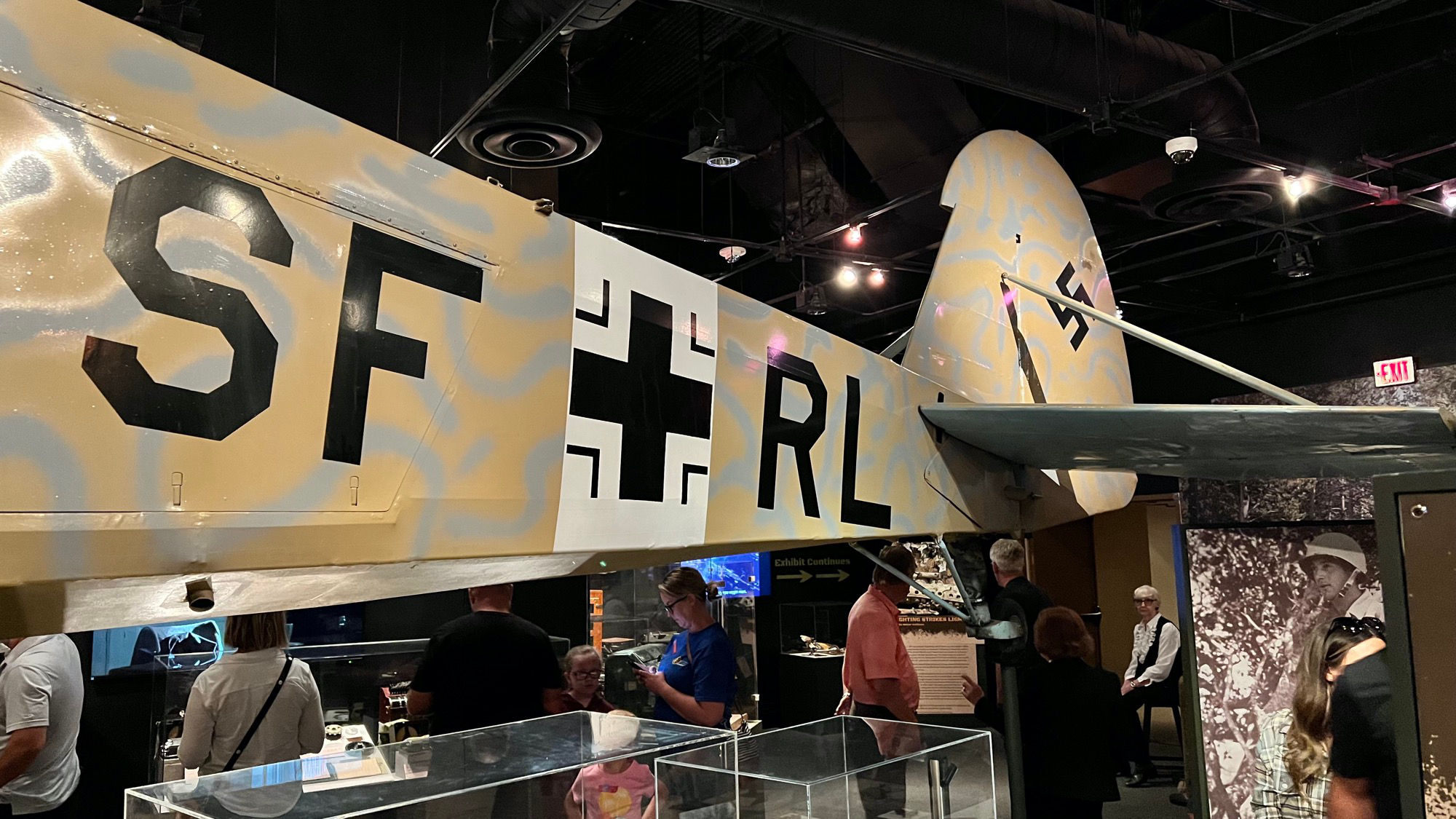
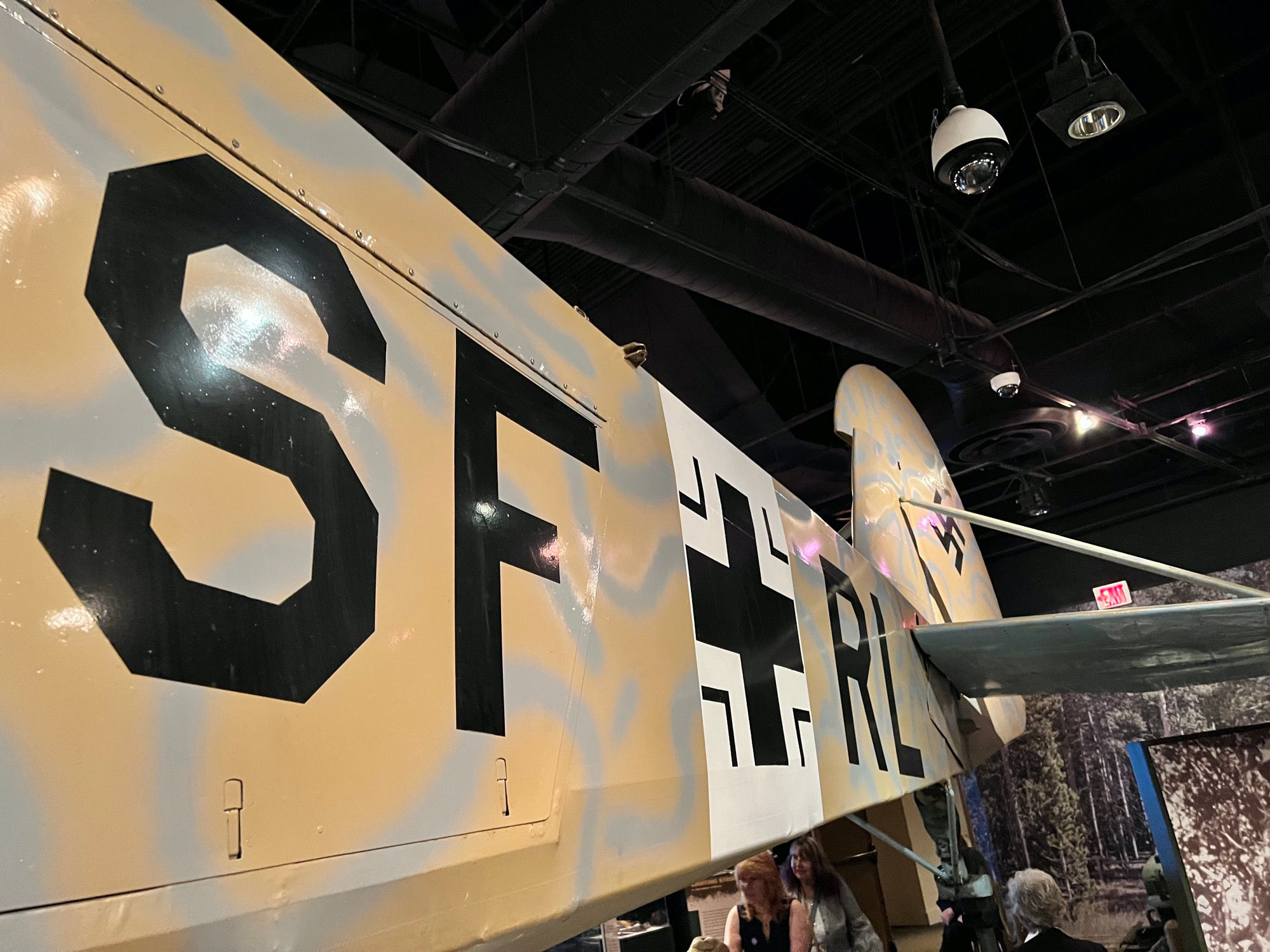
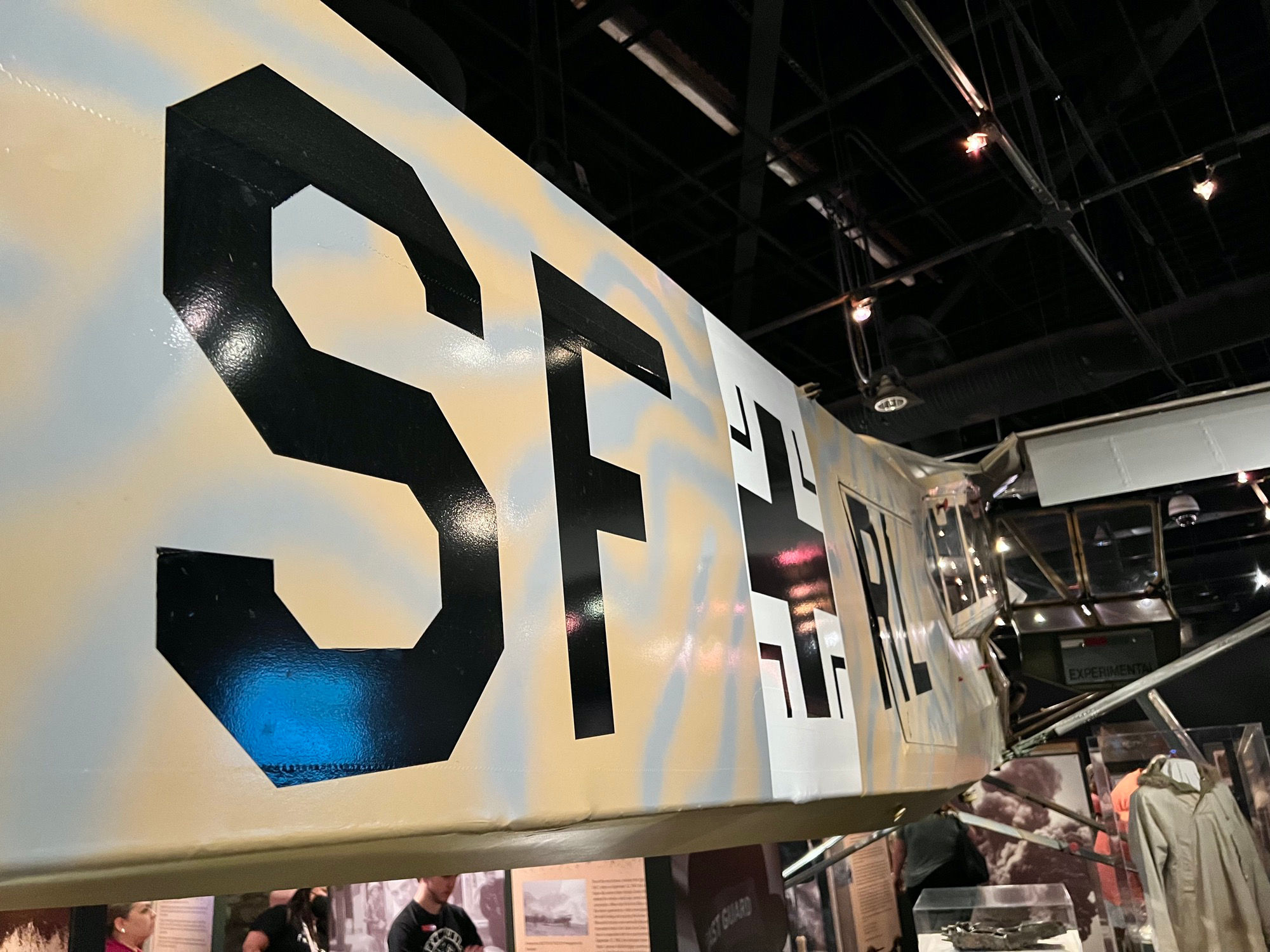
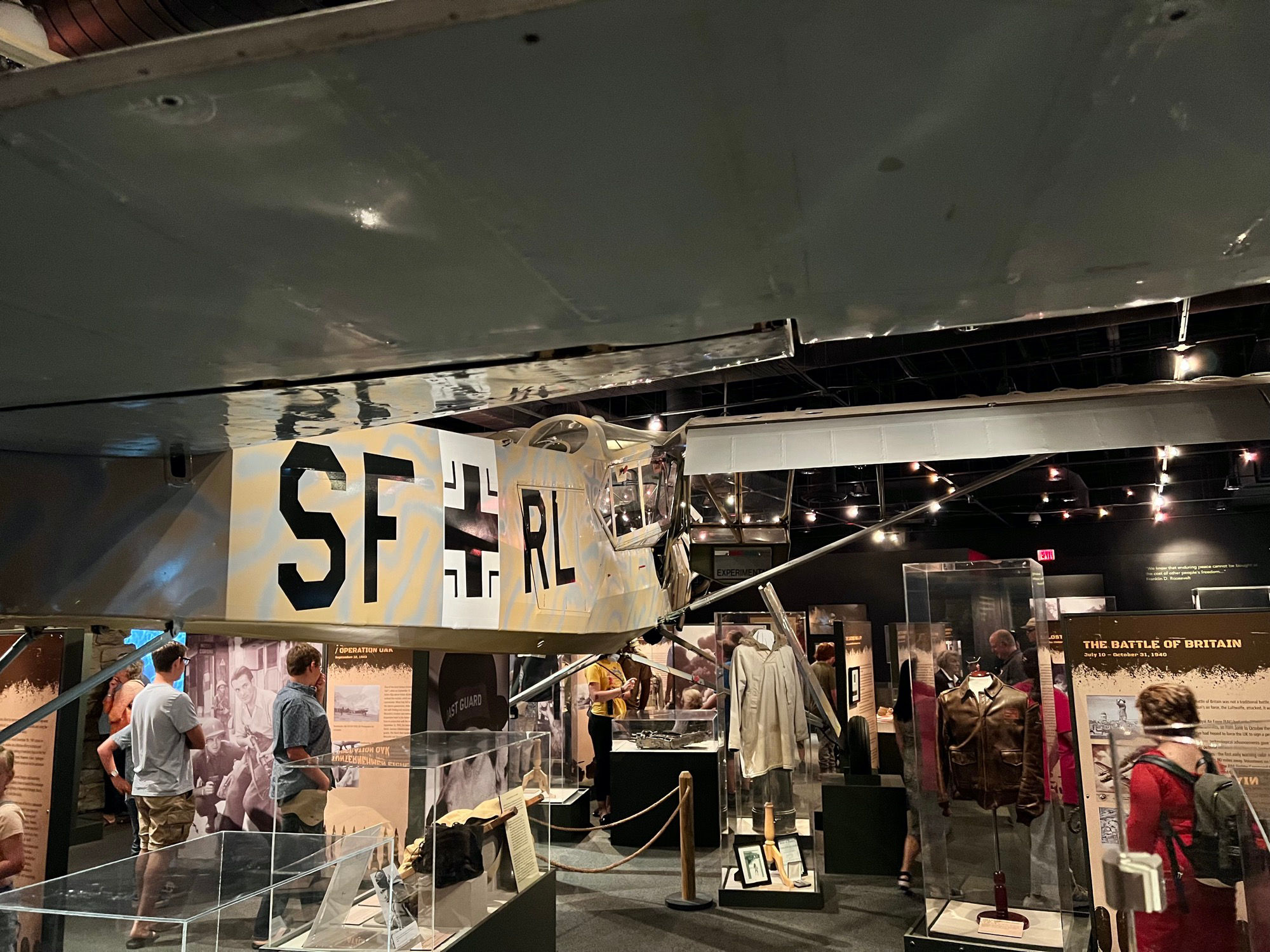
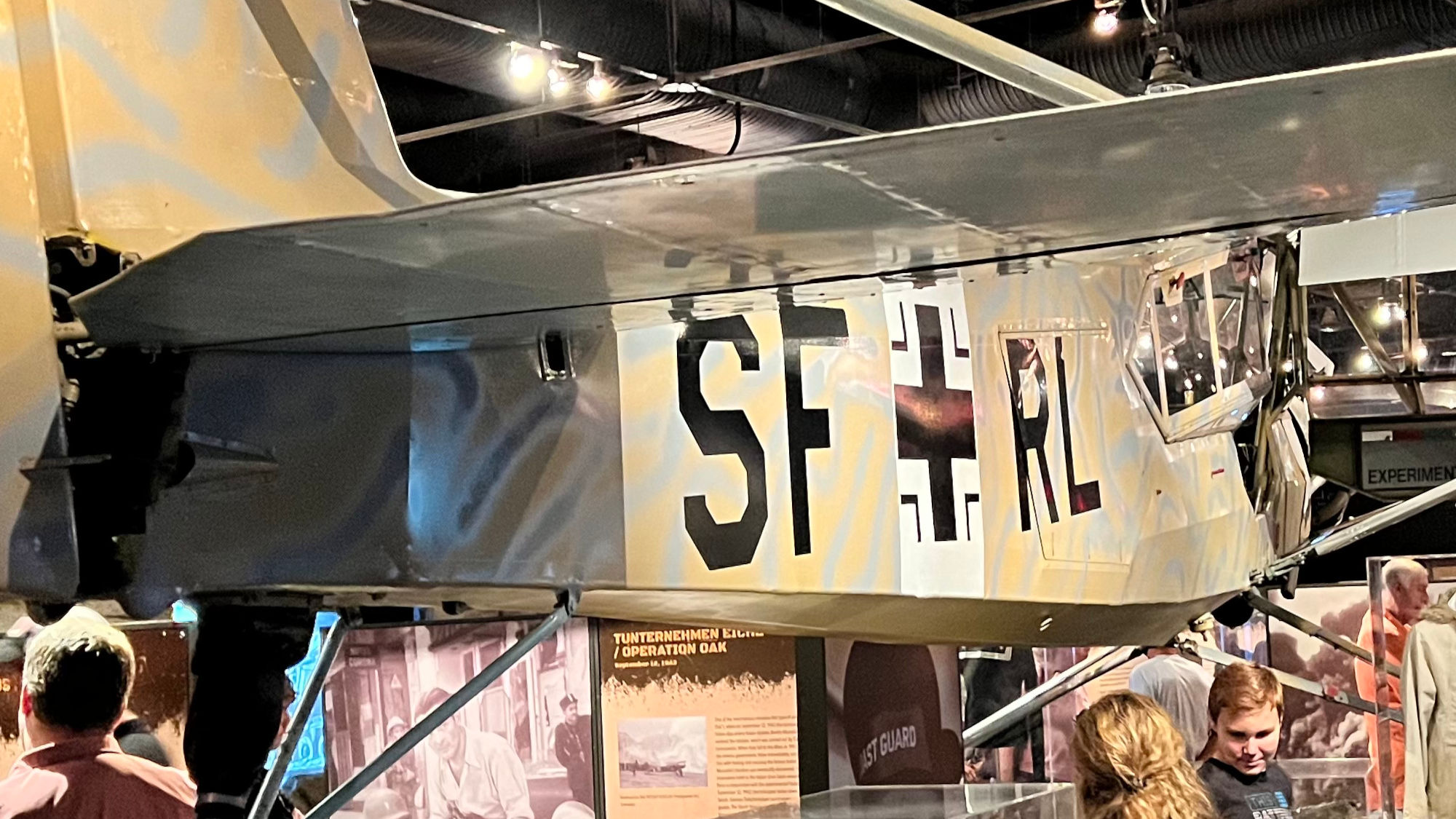
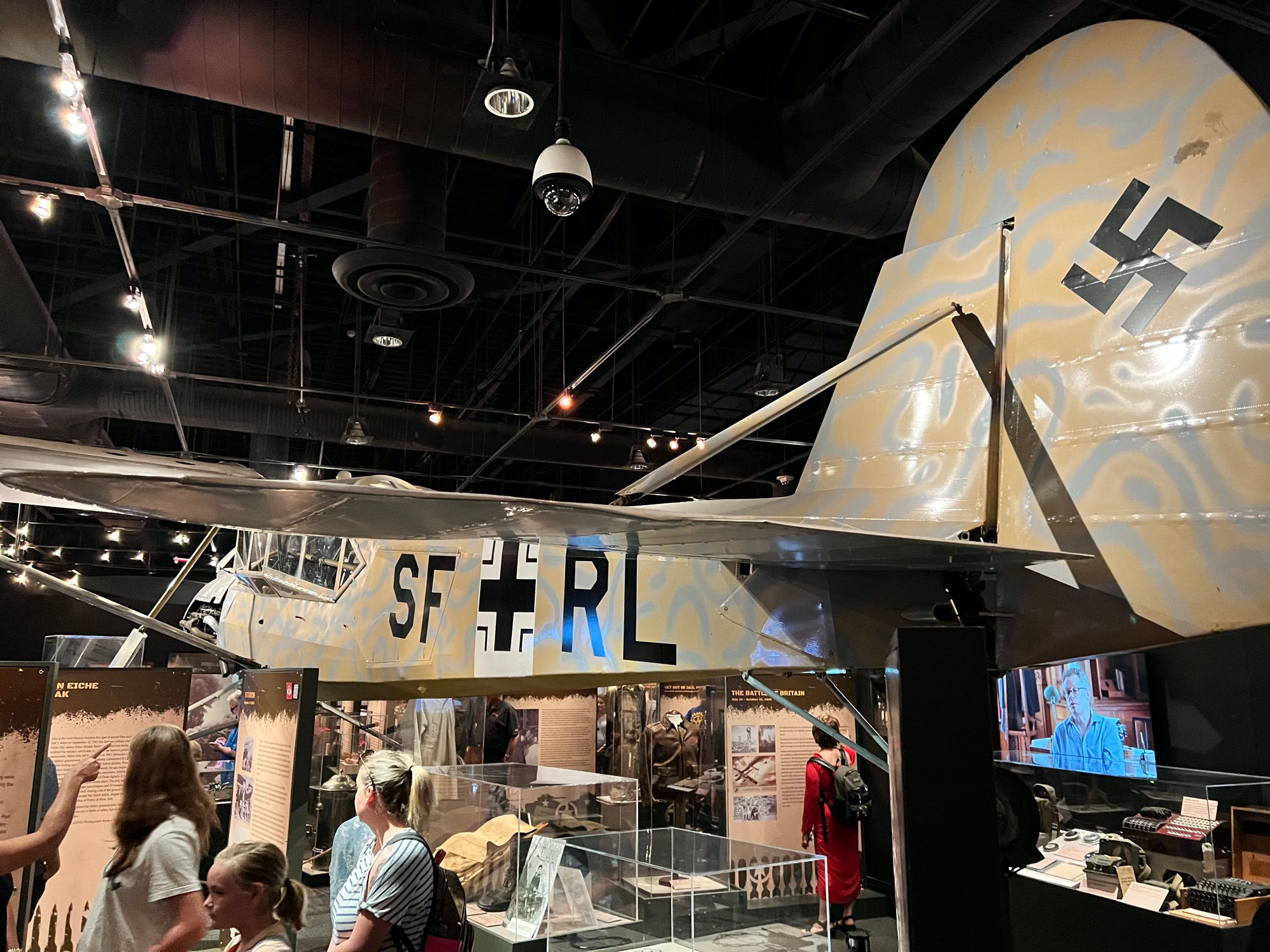
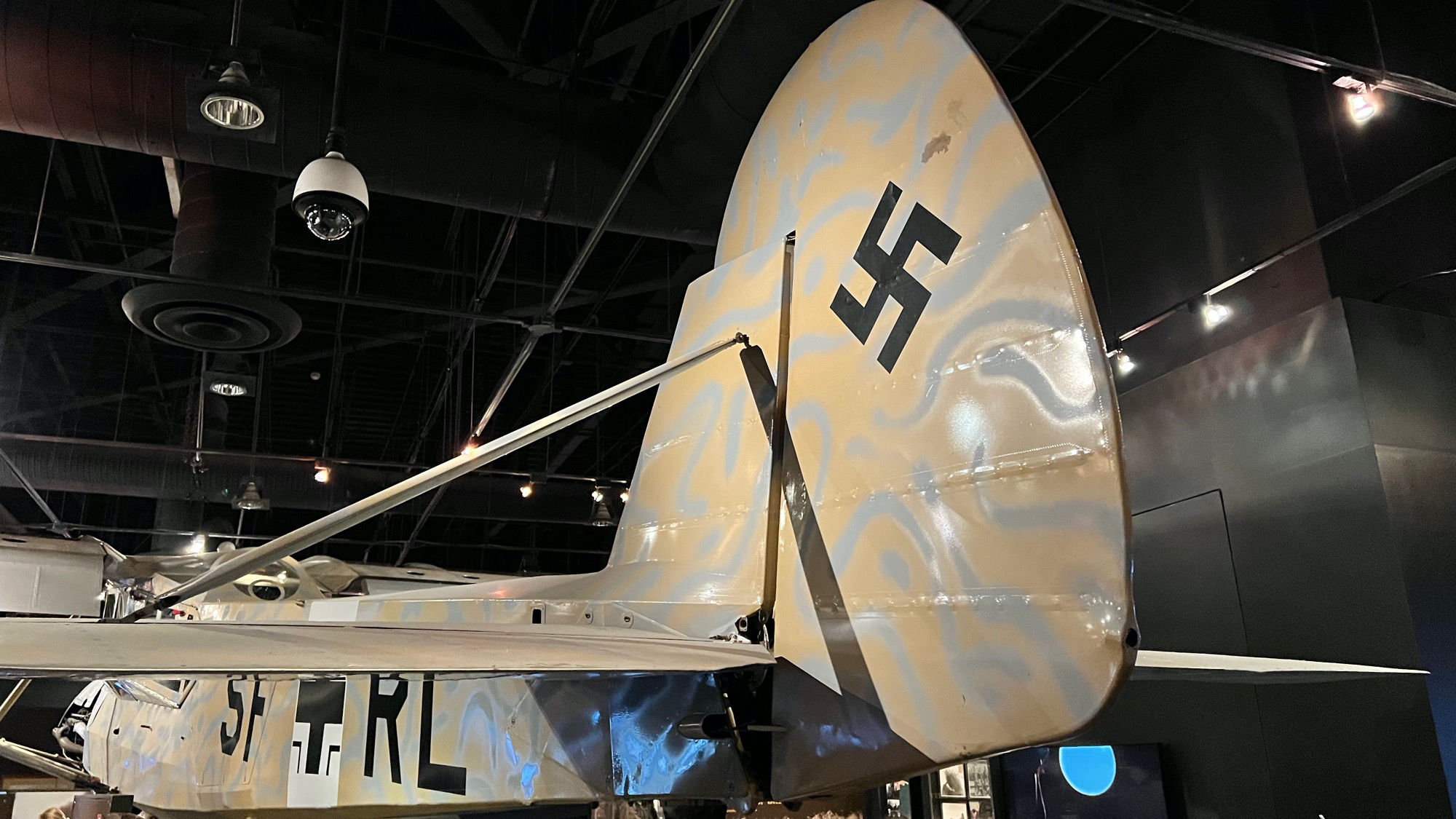
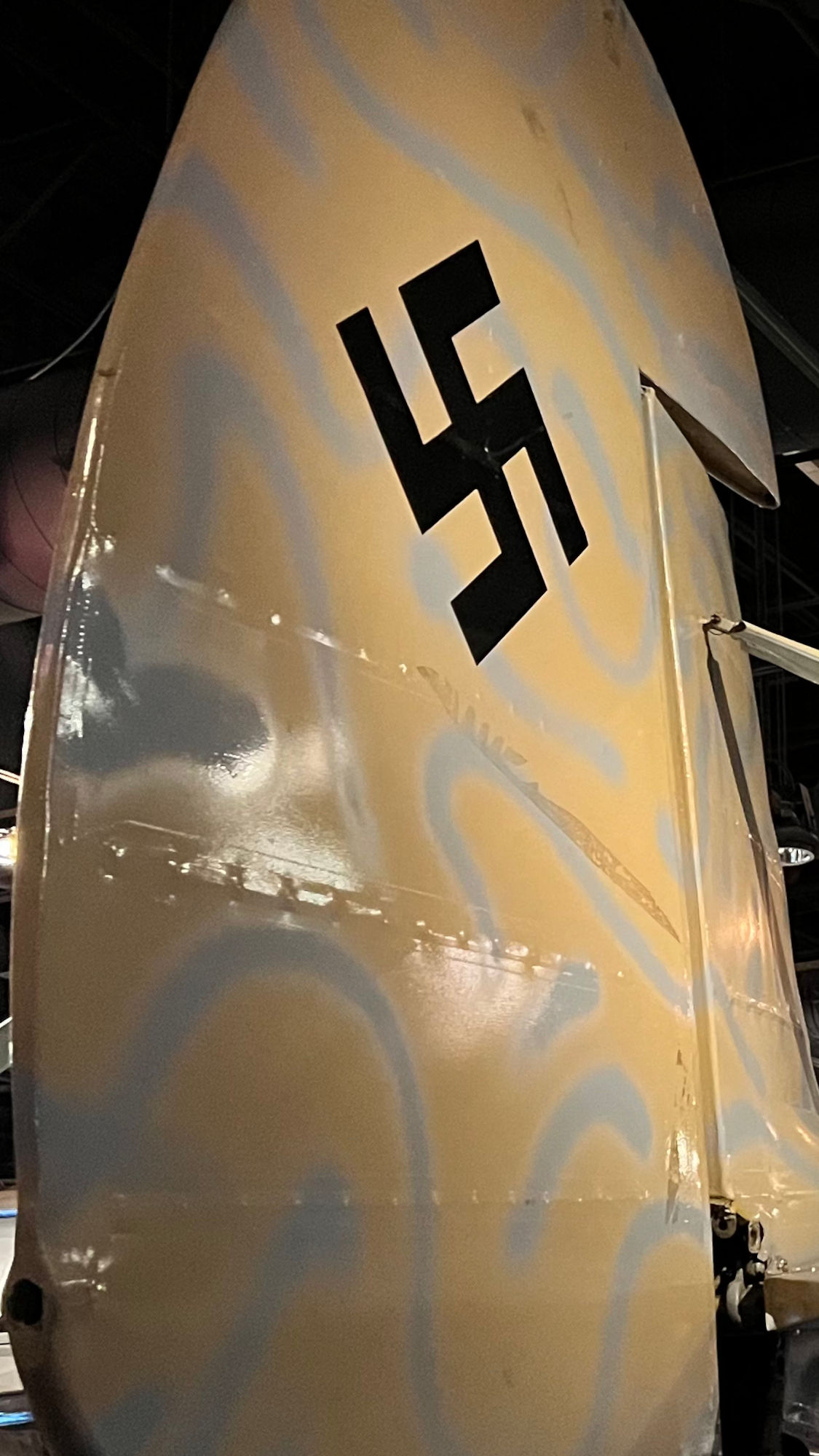
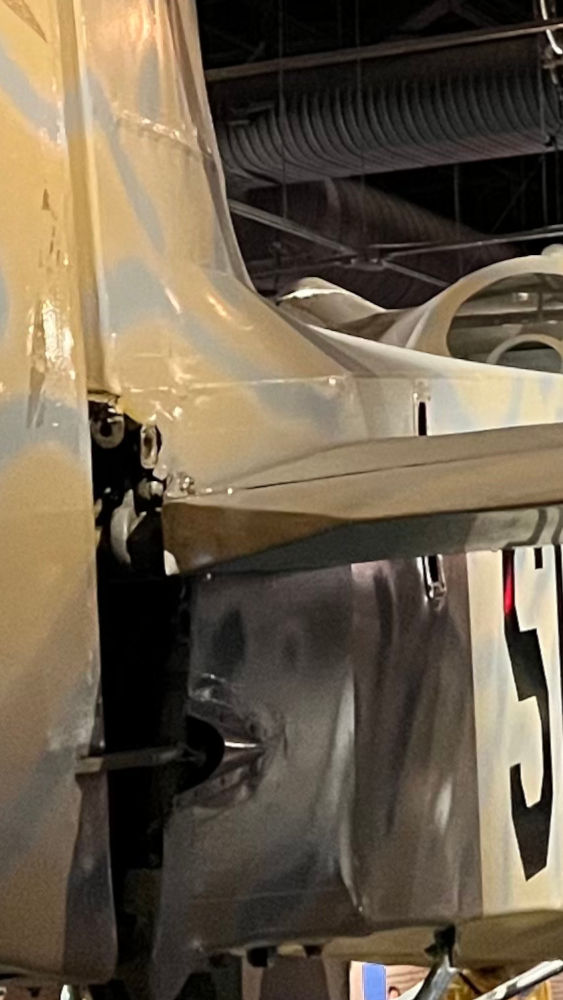
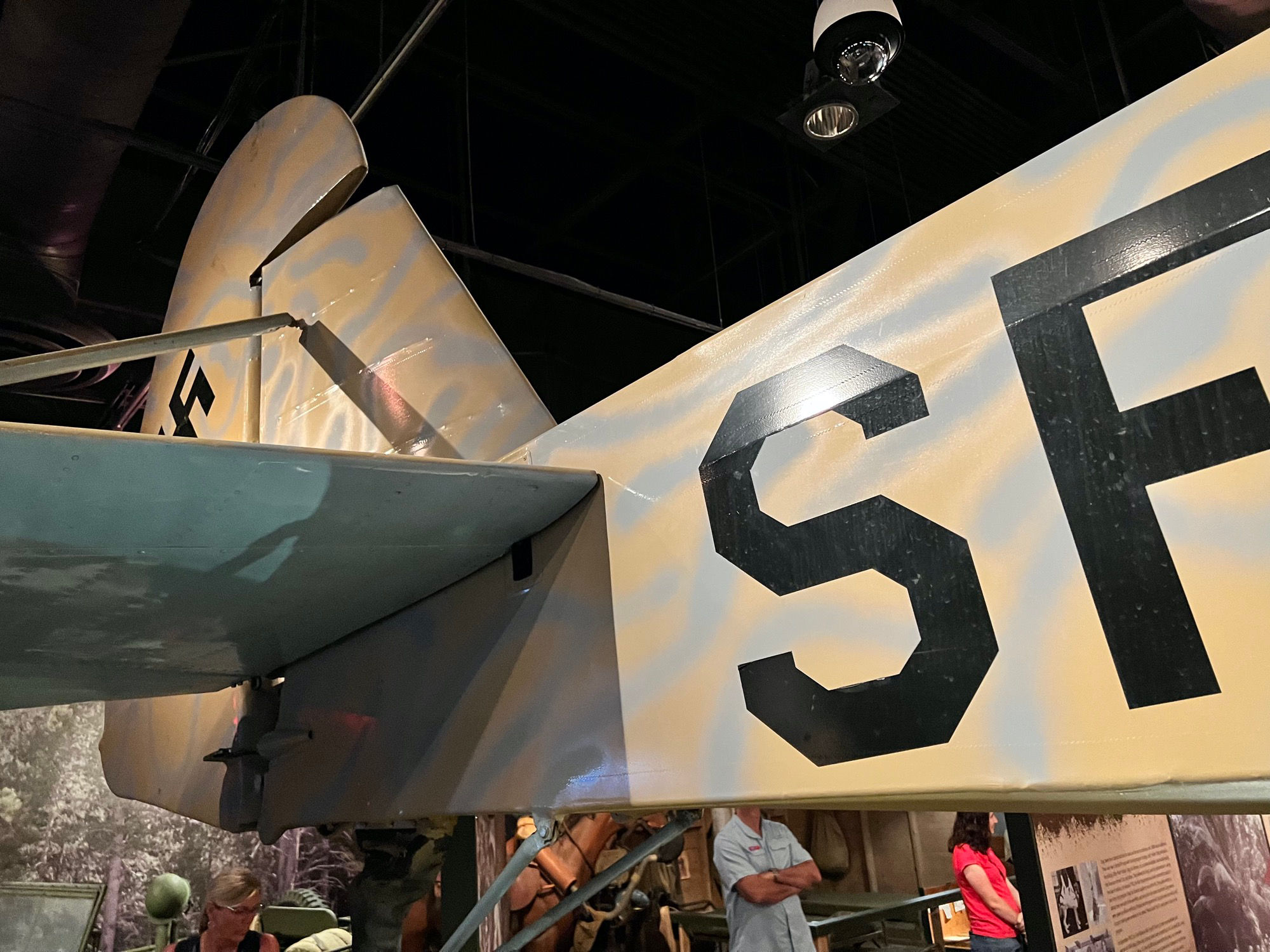
WIKIPEDIAThe Fieseler Fi 156 Storch
A German liaison aircraft built by Fieseler before and during World War II. Production continued in other countries into the 1950s for the private market.It was notable for its excellent short field (STOL) performance and low stalling speed of 31 mph. French-built later variants often appear at air shows. Compared to most other liaison aircraft of the period, the Storch was quite large and heavy, with its wingspan nearly 47 feet and its weight 2,900 pounds when fully loaded. It was significantly heavier, slower, and less agile than Allied liaison aircraft such as the American Piper L-4 or Stinson L-5, or the British Auster.
The Storch was deployed in all European and North African theaters of World War II.
- Used as liaison aircraft for artillery observation or transporting commanders and messages. Battlefield reconnaissance, air ambulance, column control, light cargo delivery.
- A number were used to fly a battalion of Infantry Regiment Grossdeutschland behind enemy lines during the invasion of Belgium.
- Field Marshal Rommel used Storch aircraft for transport and battlefield surveillance during the North African desert campaign of World War II.
- In 1943, the Storch played a role in Operation Eiche, the rescue of deposed Italian dictator Benito Mussolini from a boulder-strewn mountain-top near the Gran Sasso. Even though the mountain was surrounded by Italian troops, German commando Otto Skorzeny and 90 paratroopers used gliders to land on the peak and quickly captured it. However, the problem of how to get back off remained. A Focke-Achgelis Fa 223 helicopter was sent, but it broke down en route. Instead, pilot Heinrich Gerlach flew in a Storch. It landed in 100 ft, and after Mussolini and Skorzeny boarded, it took off in 250 ft, even though the aircraft was overloaded. The Storch involved in rescuing Mussolini bore the radio code letters, or Stammkennzeichen, of "SJ + LL" in the motion picture coverage of the daring rescue.
- On 26 April 1945, a Storch was one of the last aircraft to land on the improvised airstrip in the Tiergarten near the Brandenburg Gate during the Battle of Berlin and the death throes of Nazi Germany. It was flown by the test pilot Hanna Reitsch, who flew Generalfeldmarschall Robert Ritter von Greim from Munich to Berlin to answer a summons from Hitler.
- A Storch was the last aircraft shot down by the Allies on the Western Front and another was downed by a direct Allied counterpart of the Storch, an L-4 Grasshopper, the military version of the well-known American Piper J-3 Cub civilian training and sport aircraft. The pilot and co-pilot of the L-4, lieutenants Duane Francis and Bill Martin, opened fire on the Storch with their .45 caliber pistols, forcing the German air crew to land and surrender.
- During the war a number of Storch were captured by the Allies. One became the personal aircraft of Field Marshal Montgomery. Others were used as the personal aircraft of Air Vice Marshal Arthur Coningham and Air Vice Marshal Harry Broadhurst, who acquired his Storch in North Africa, and flew it subsequently in Italy and North-West Europe.
- The British captured 145, of which 64 were given to the French as war compensation from Germany.
